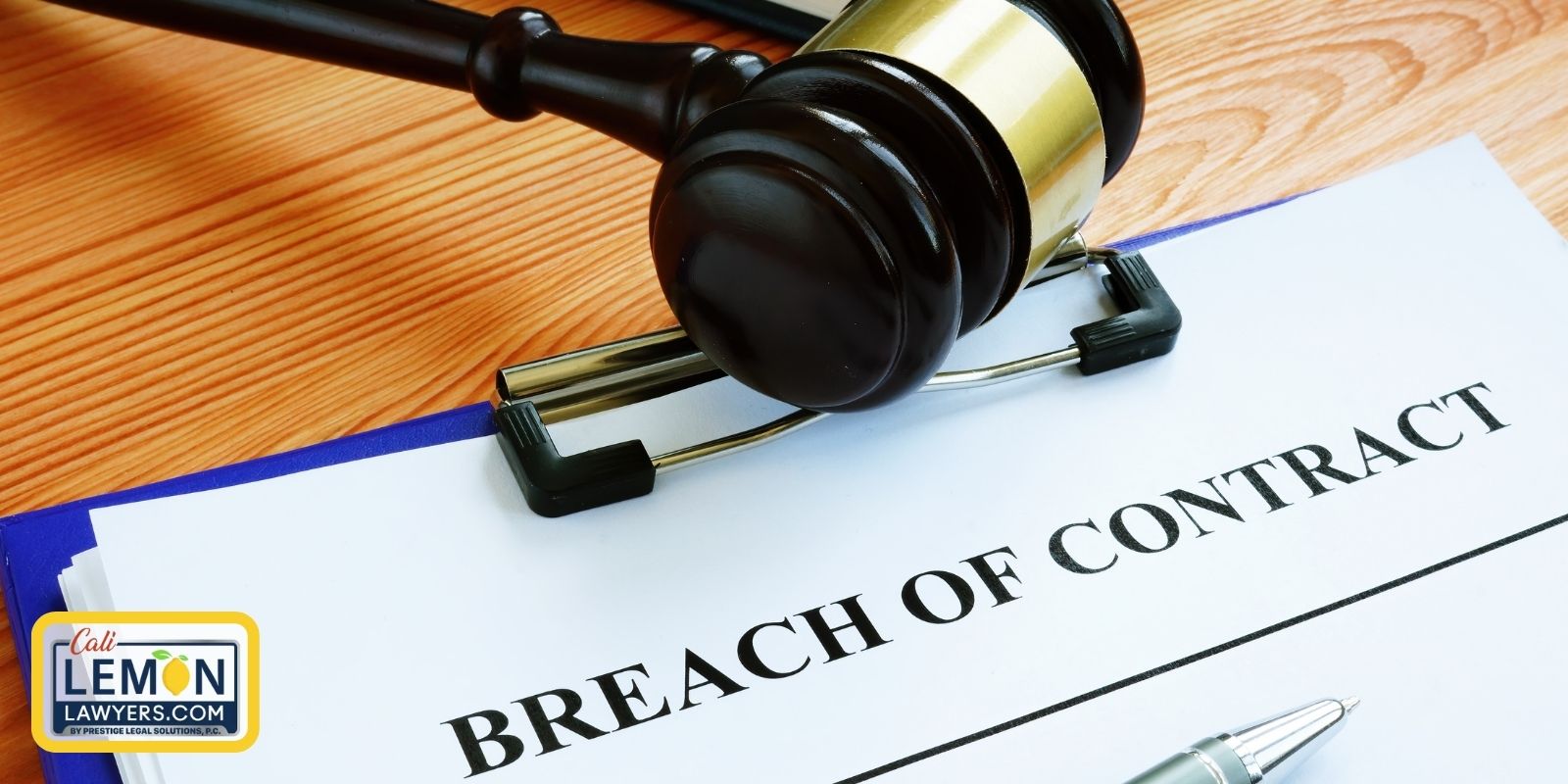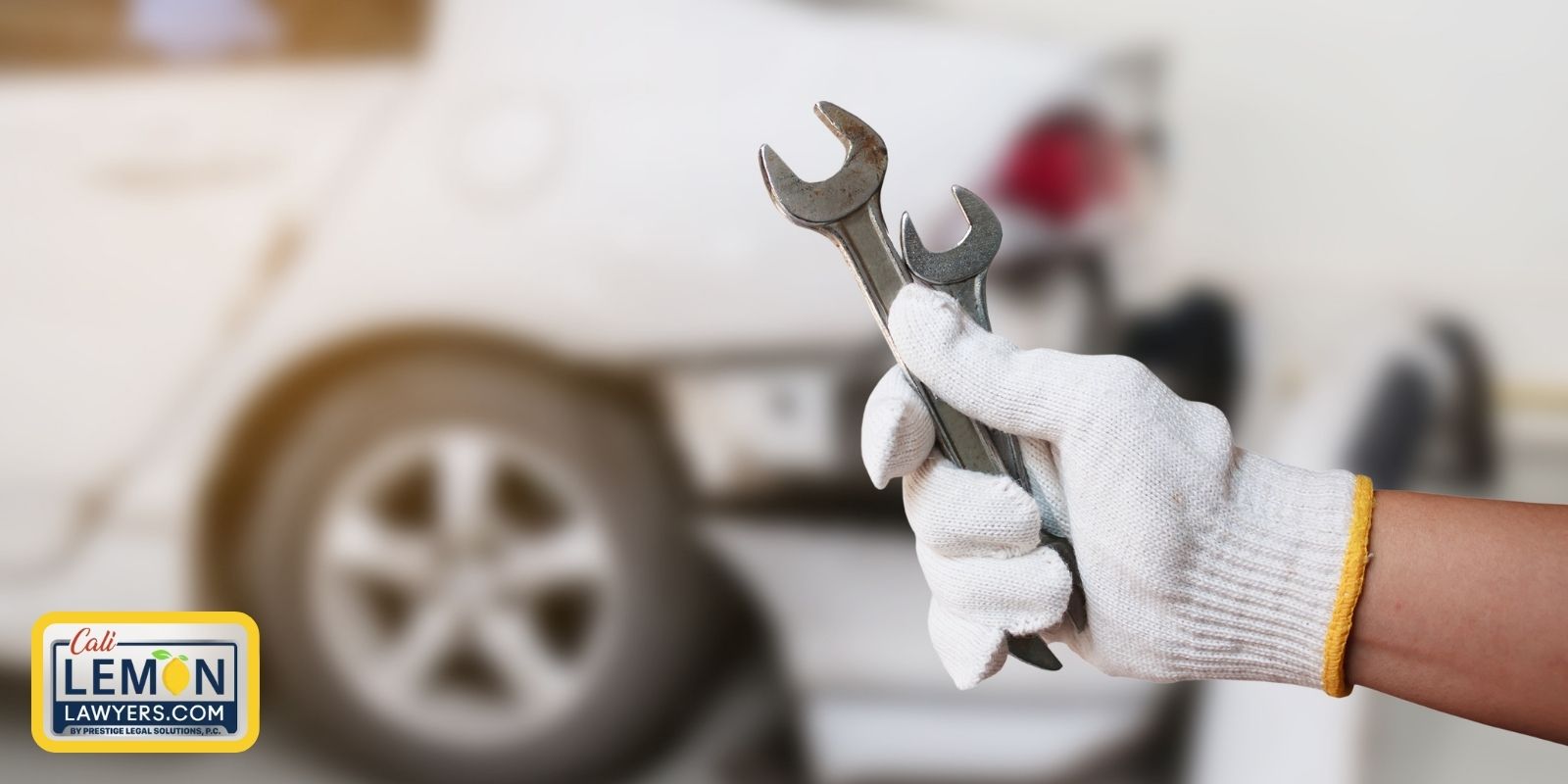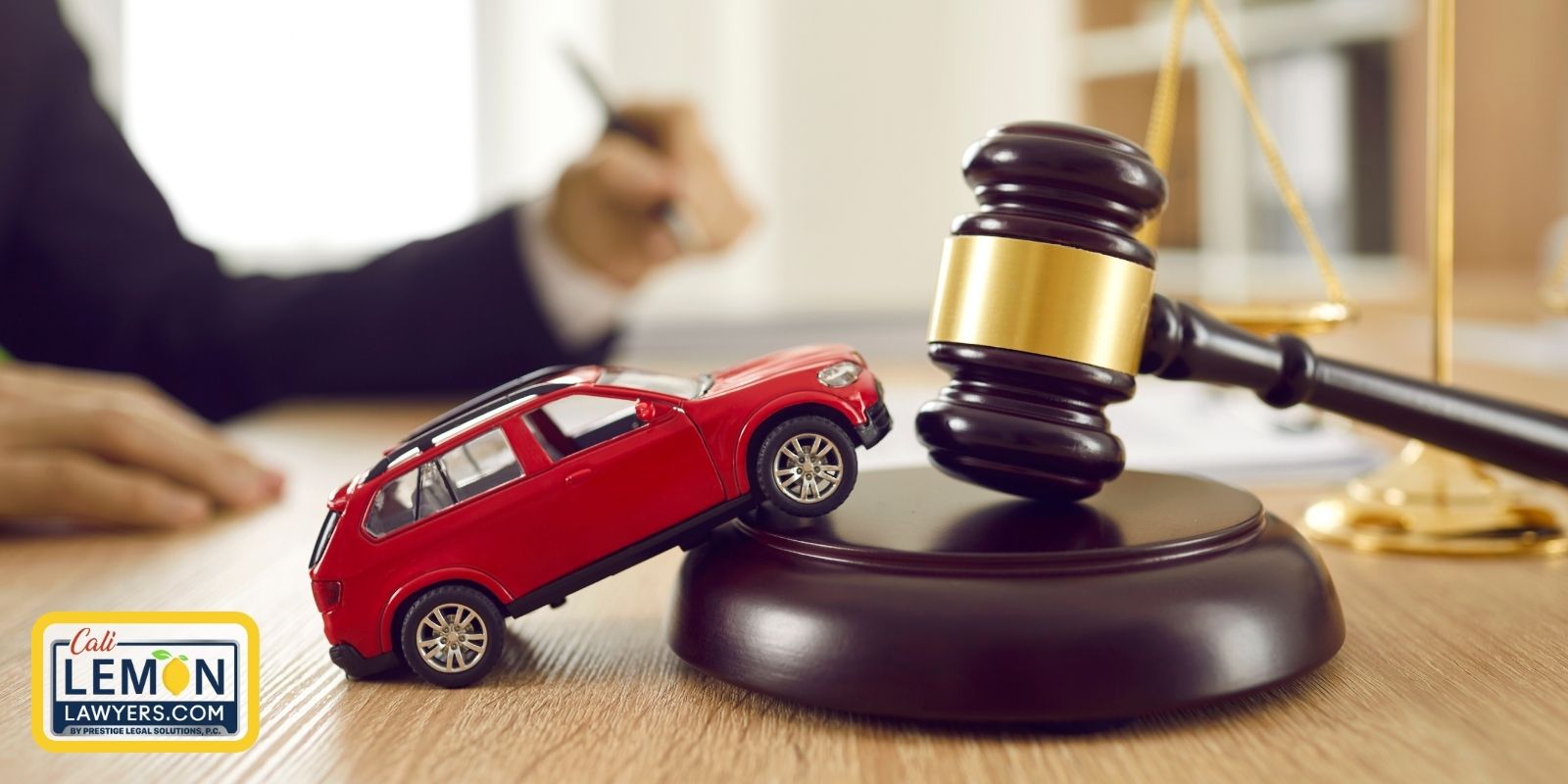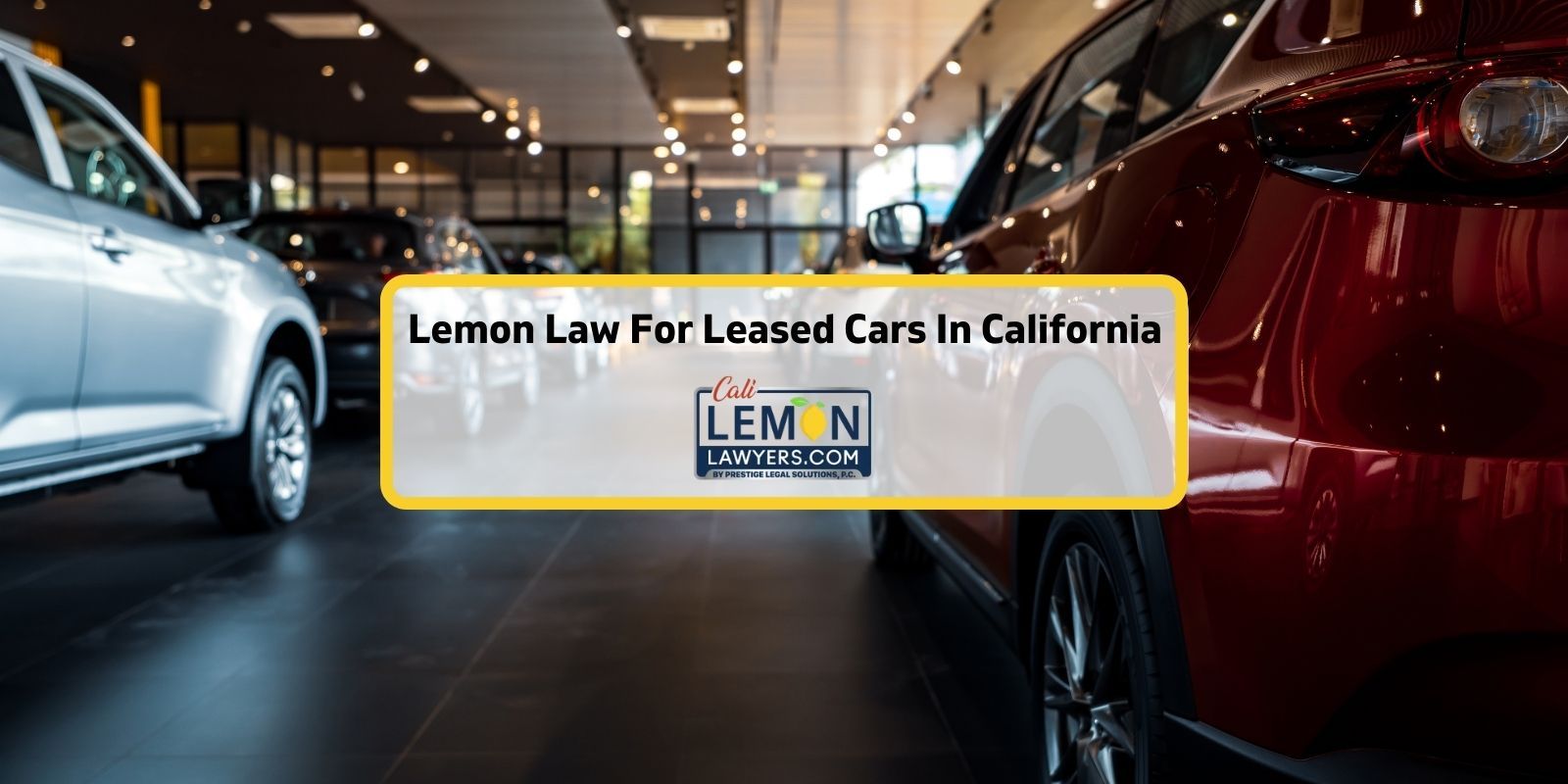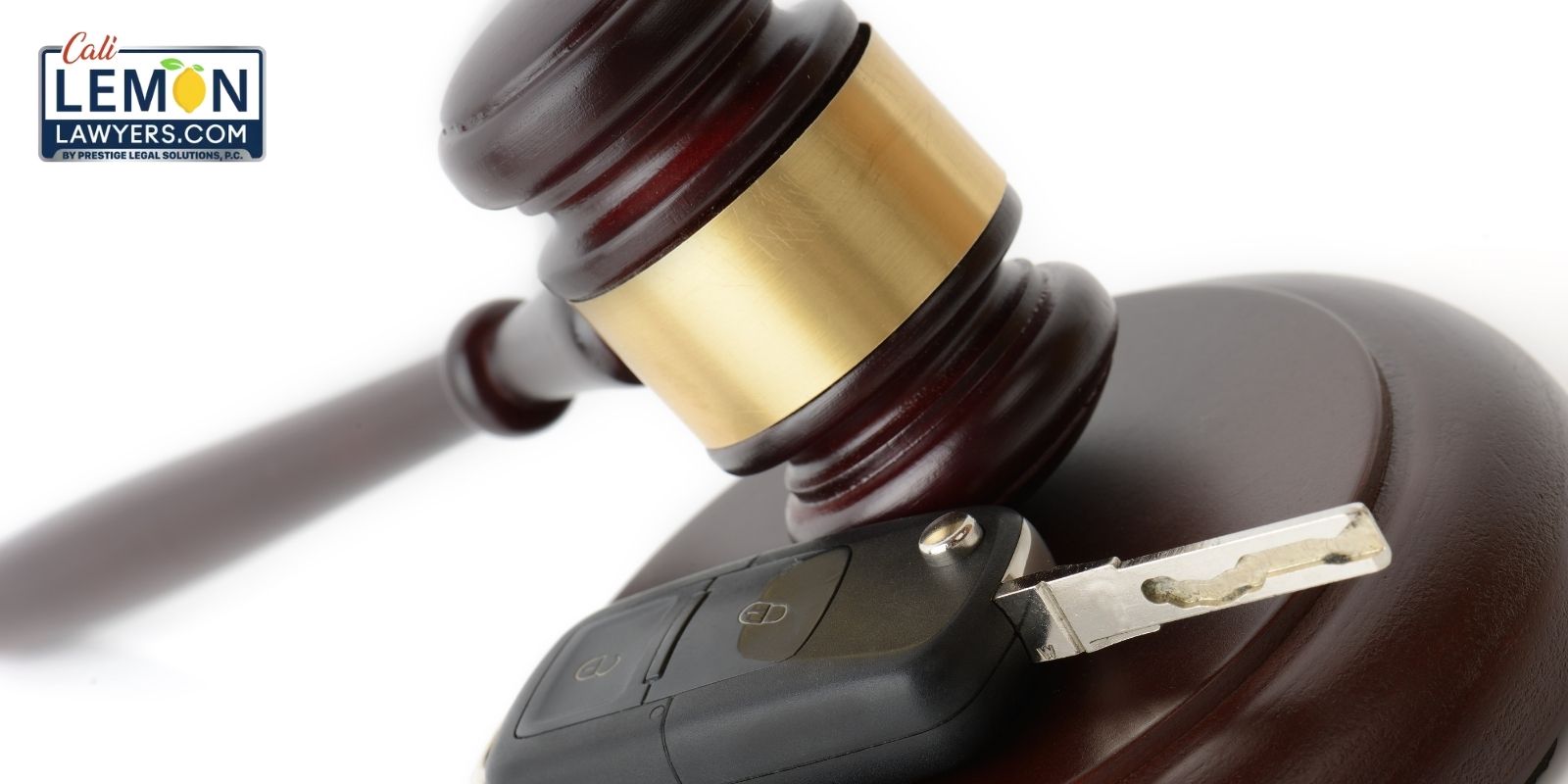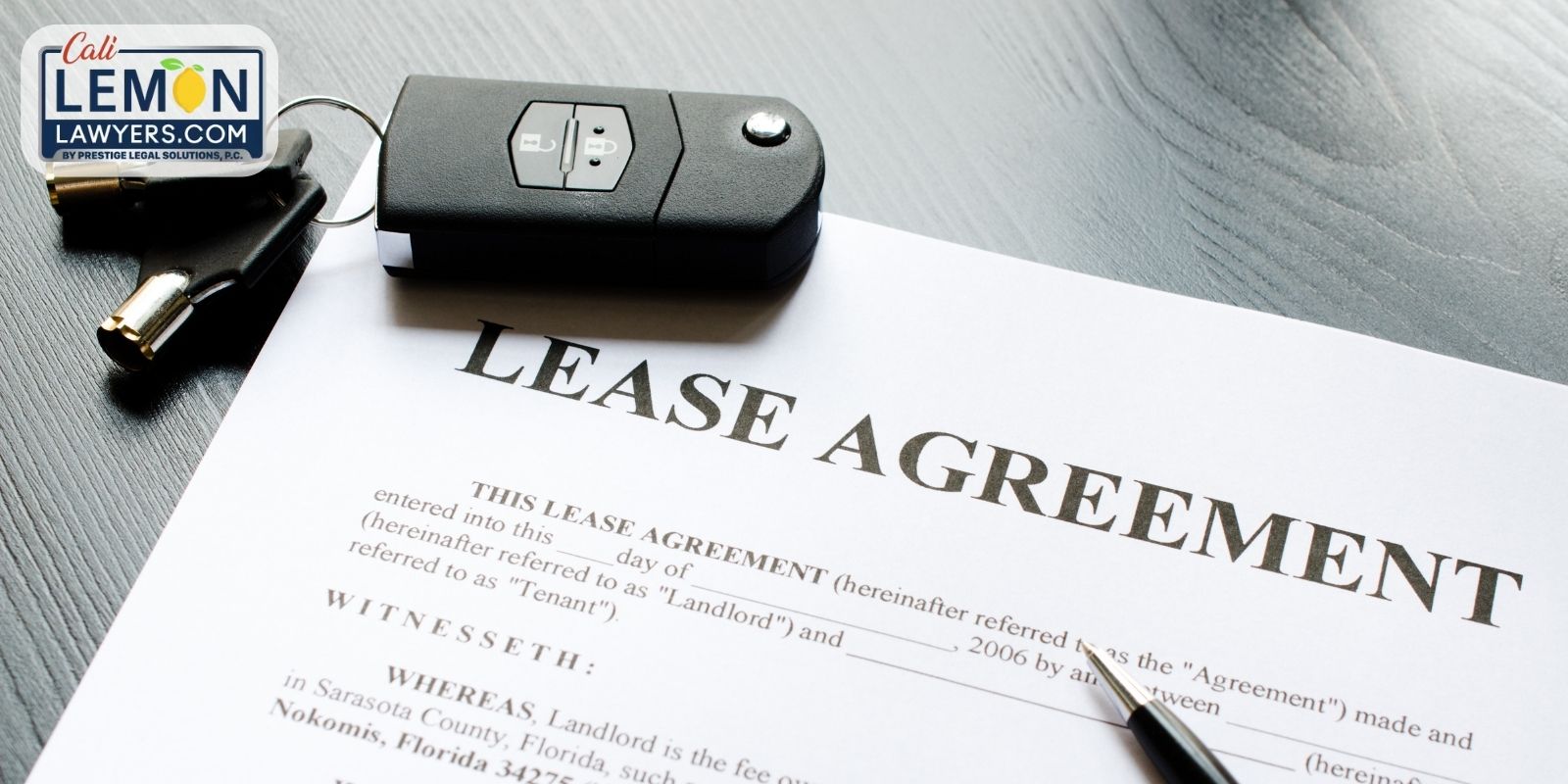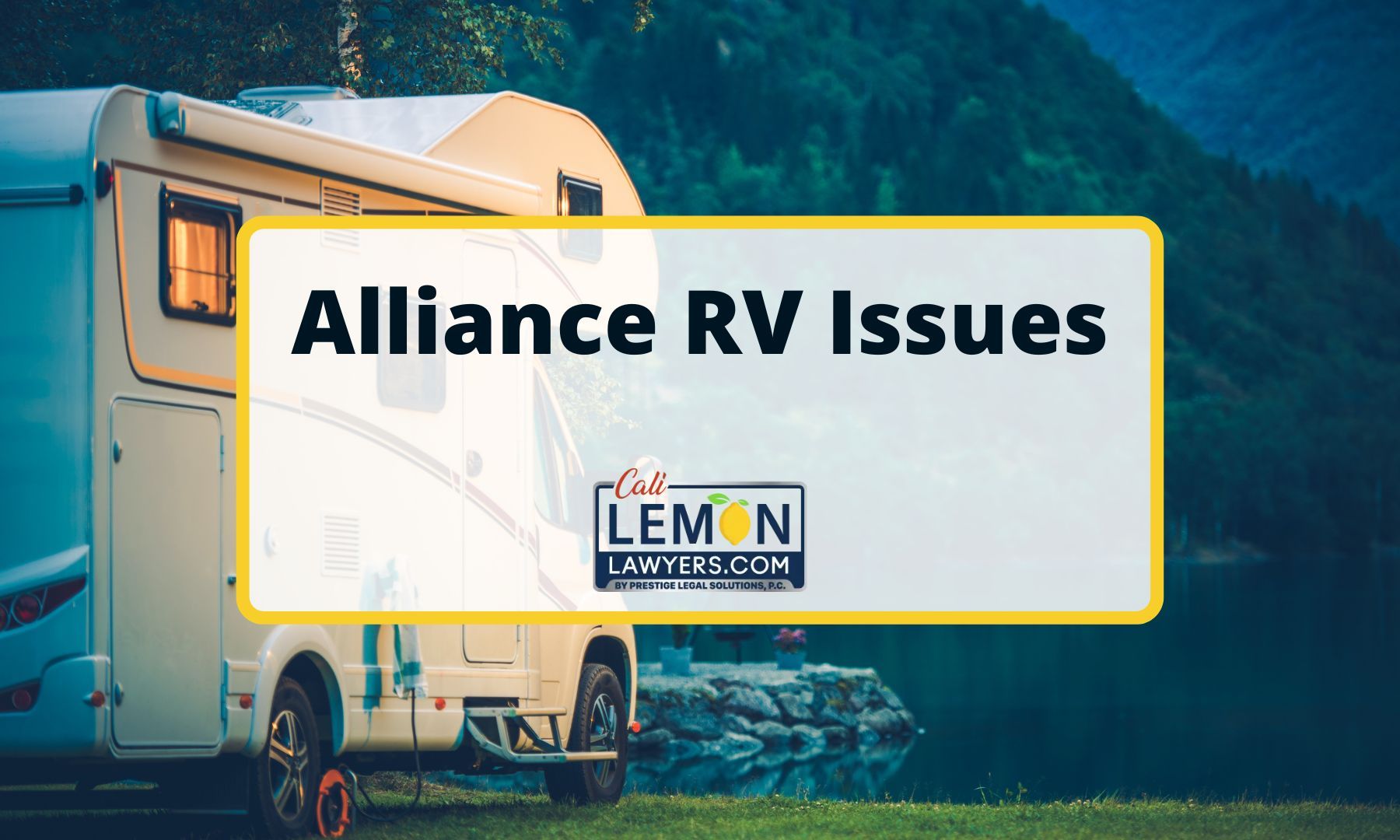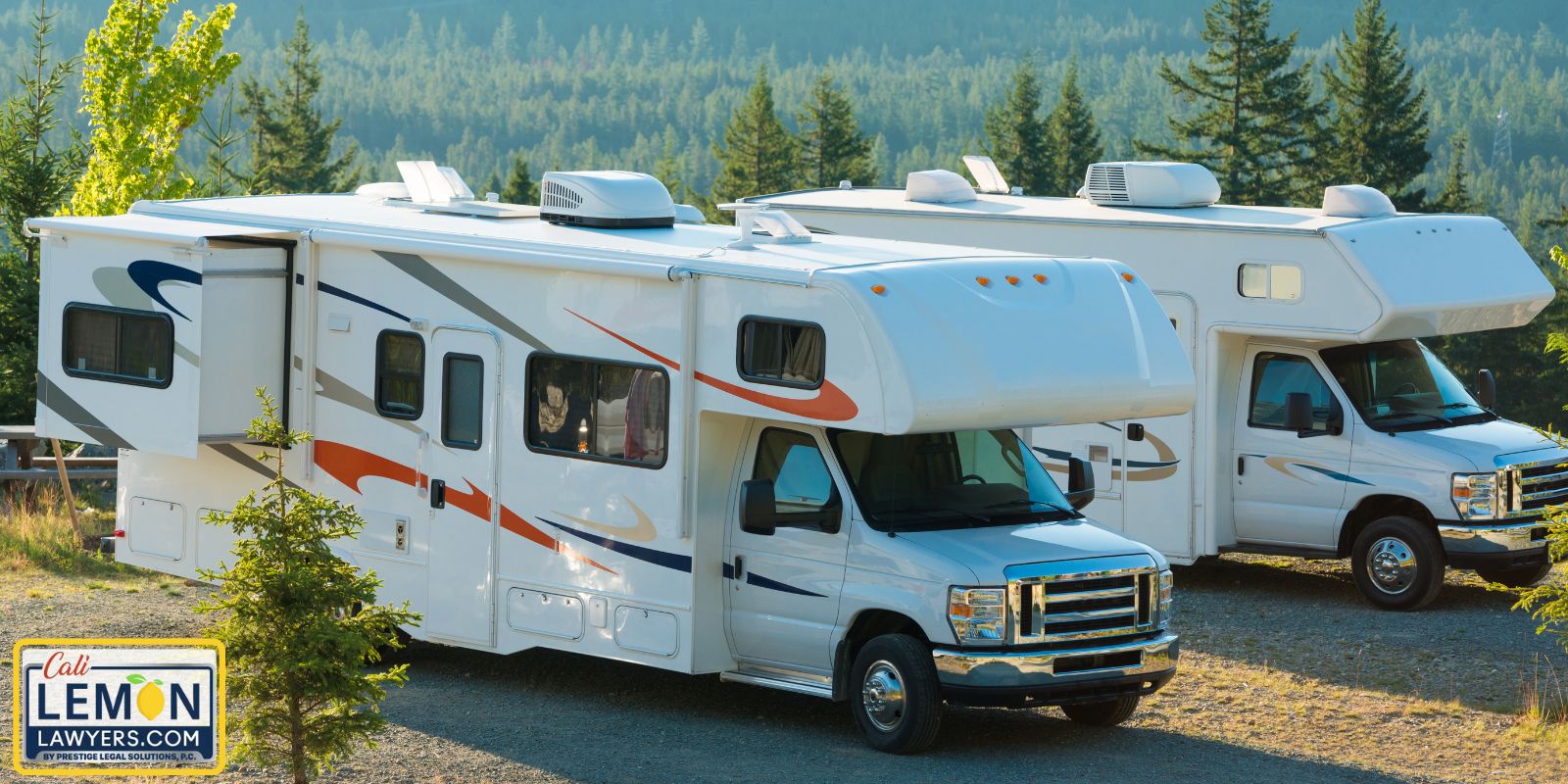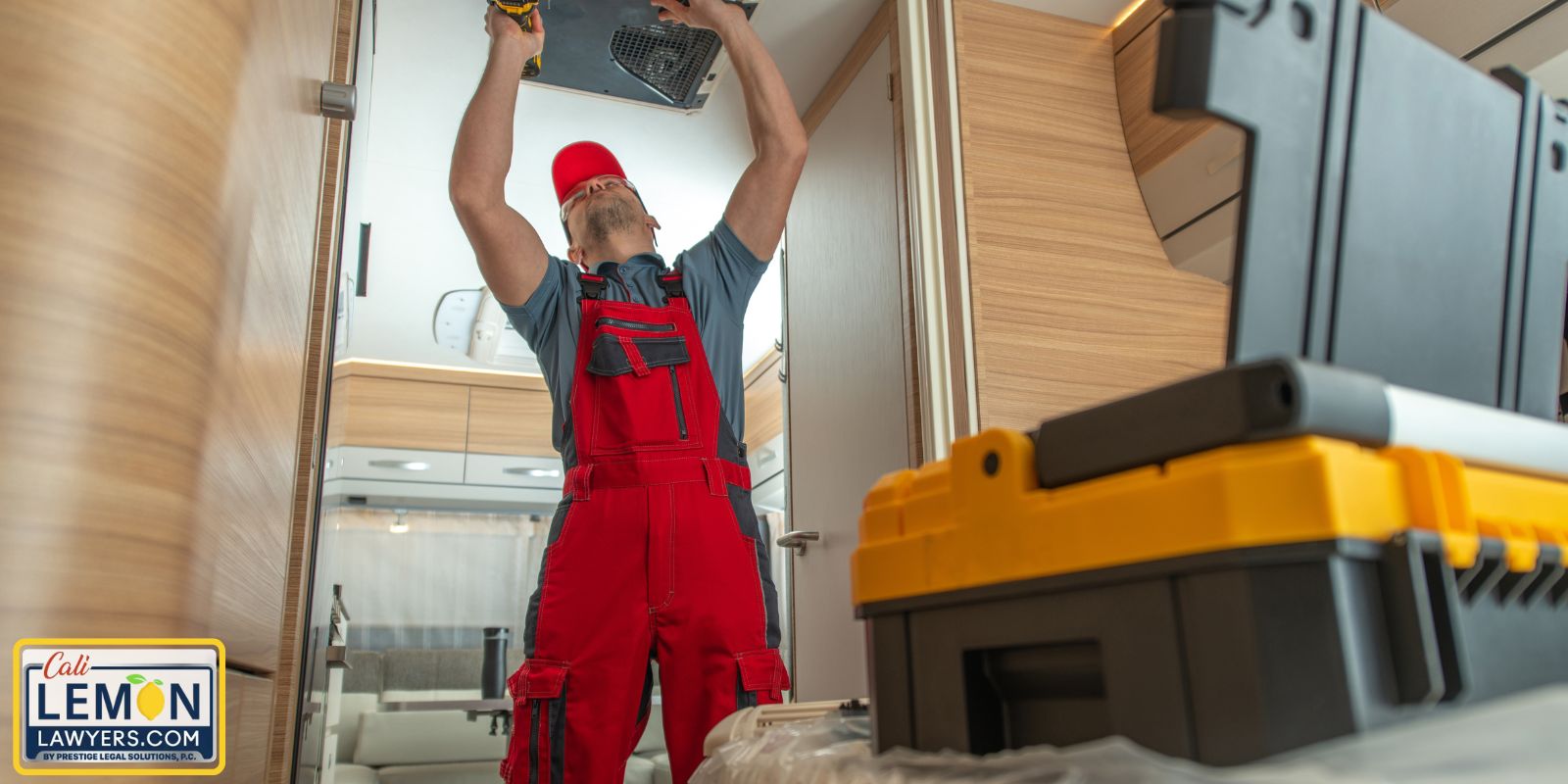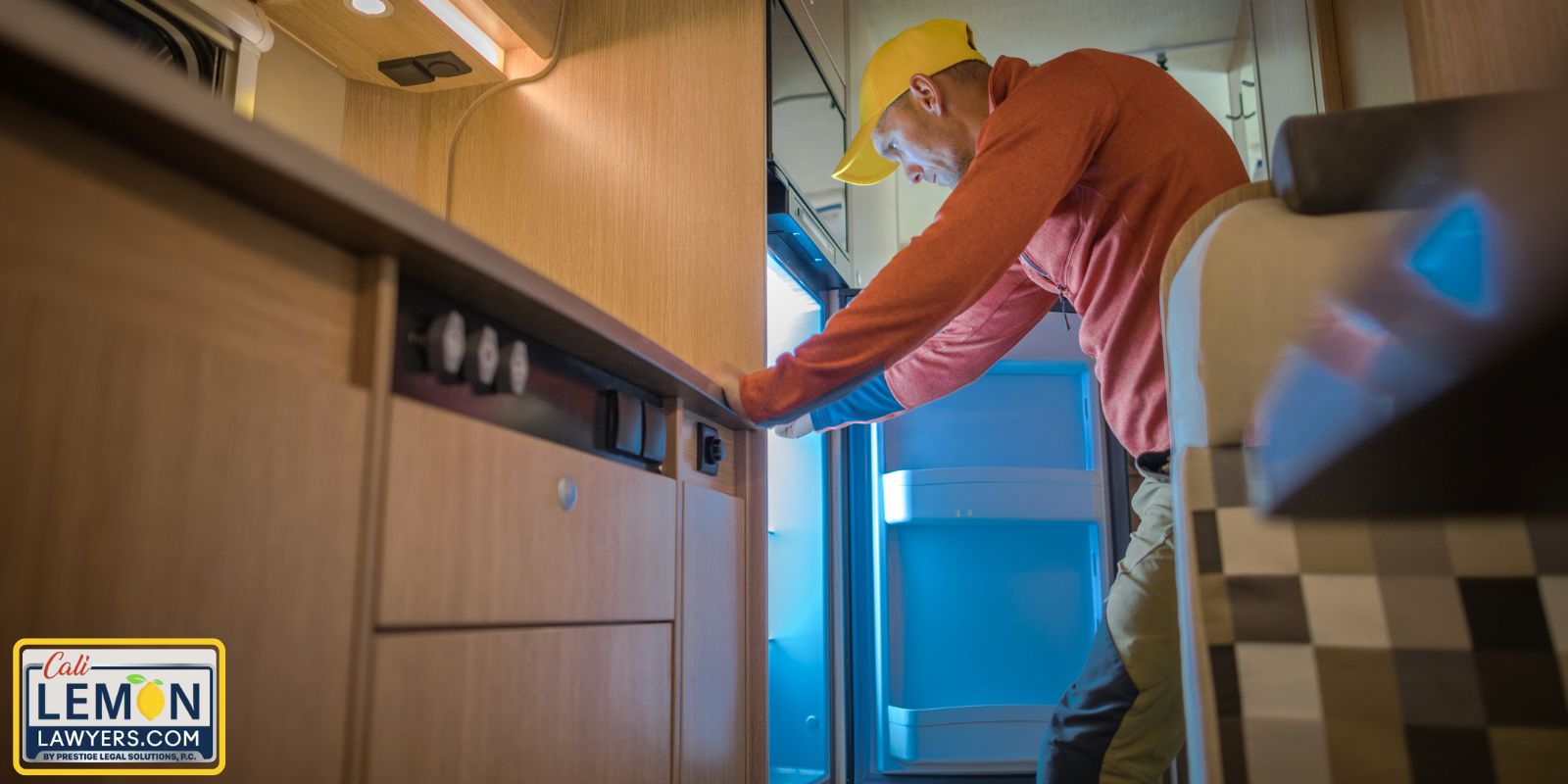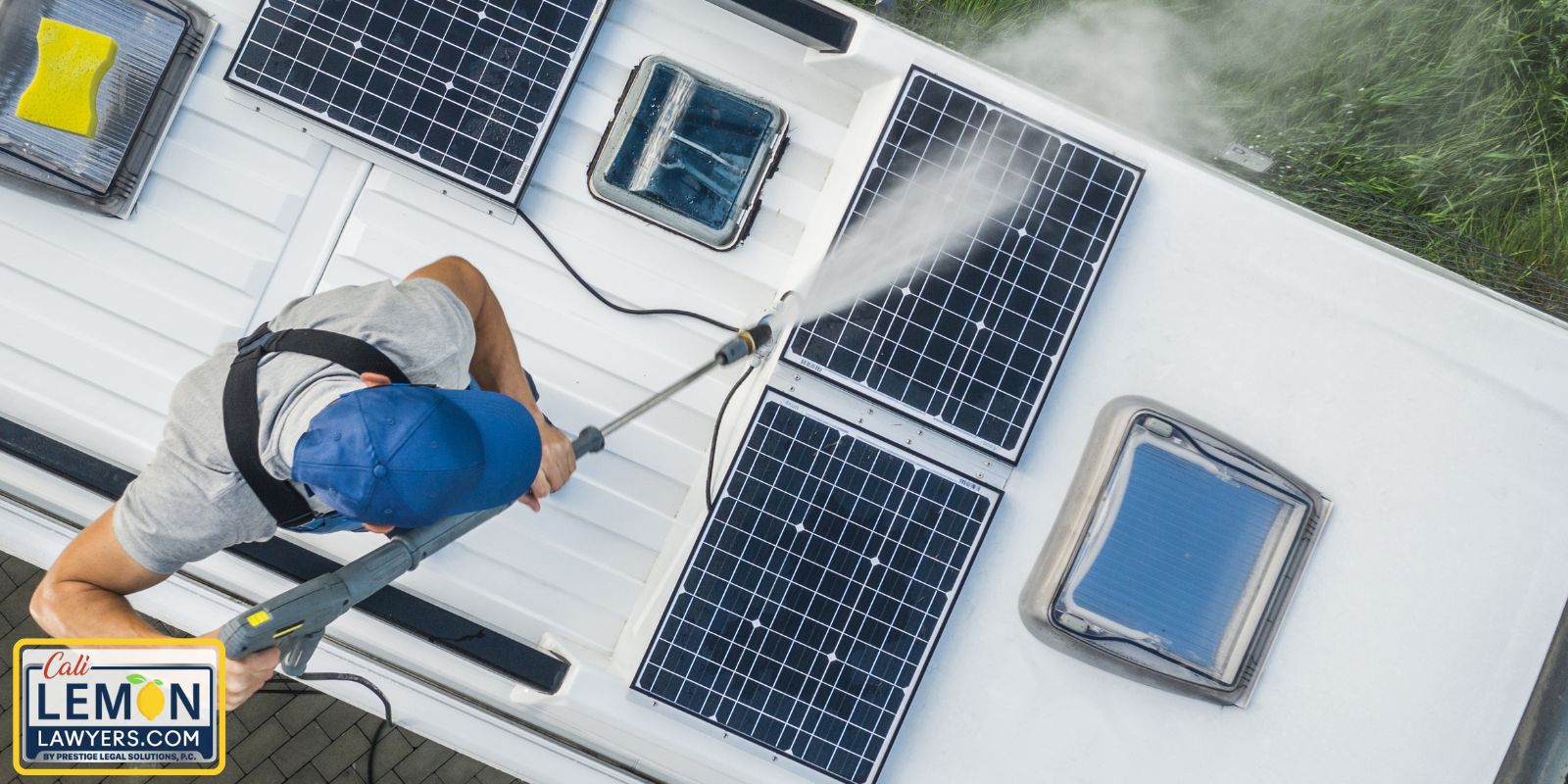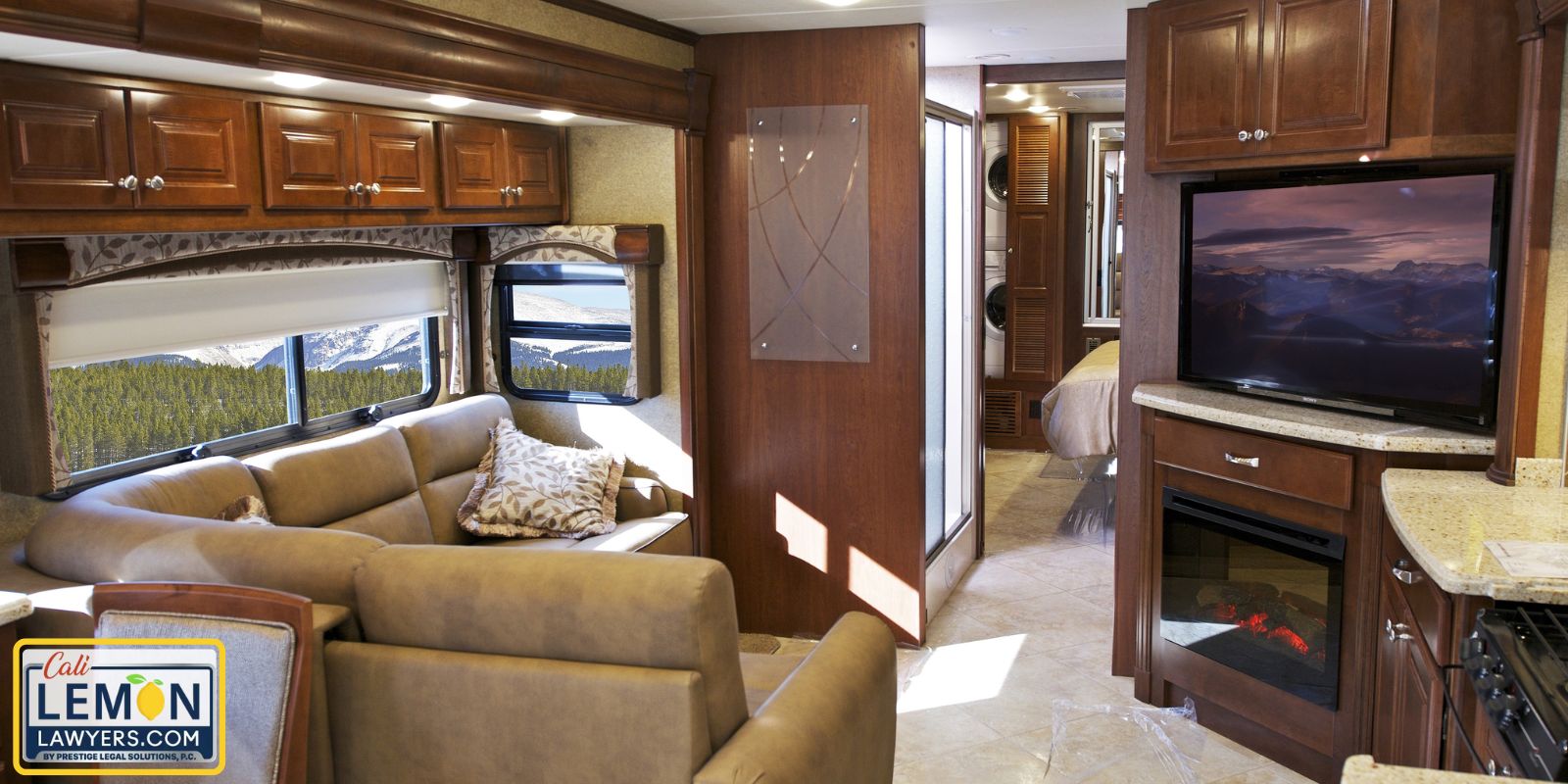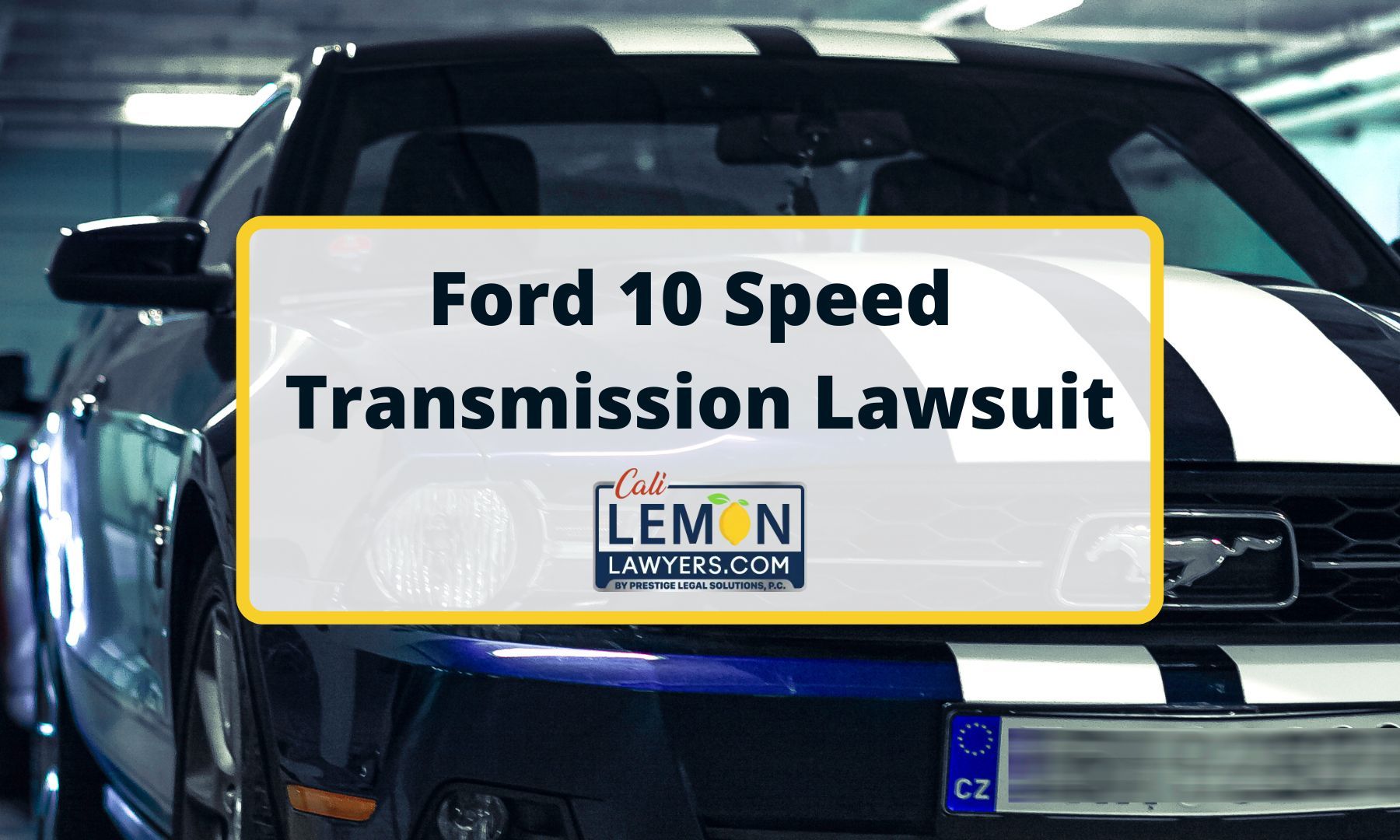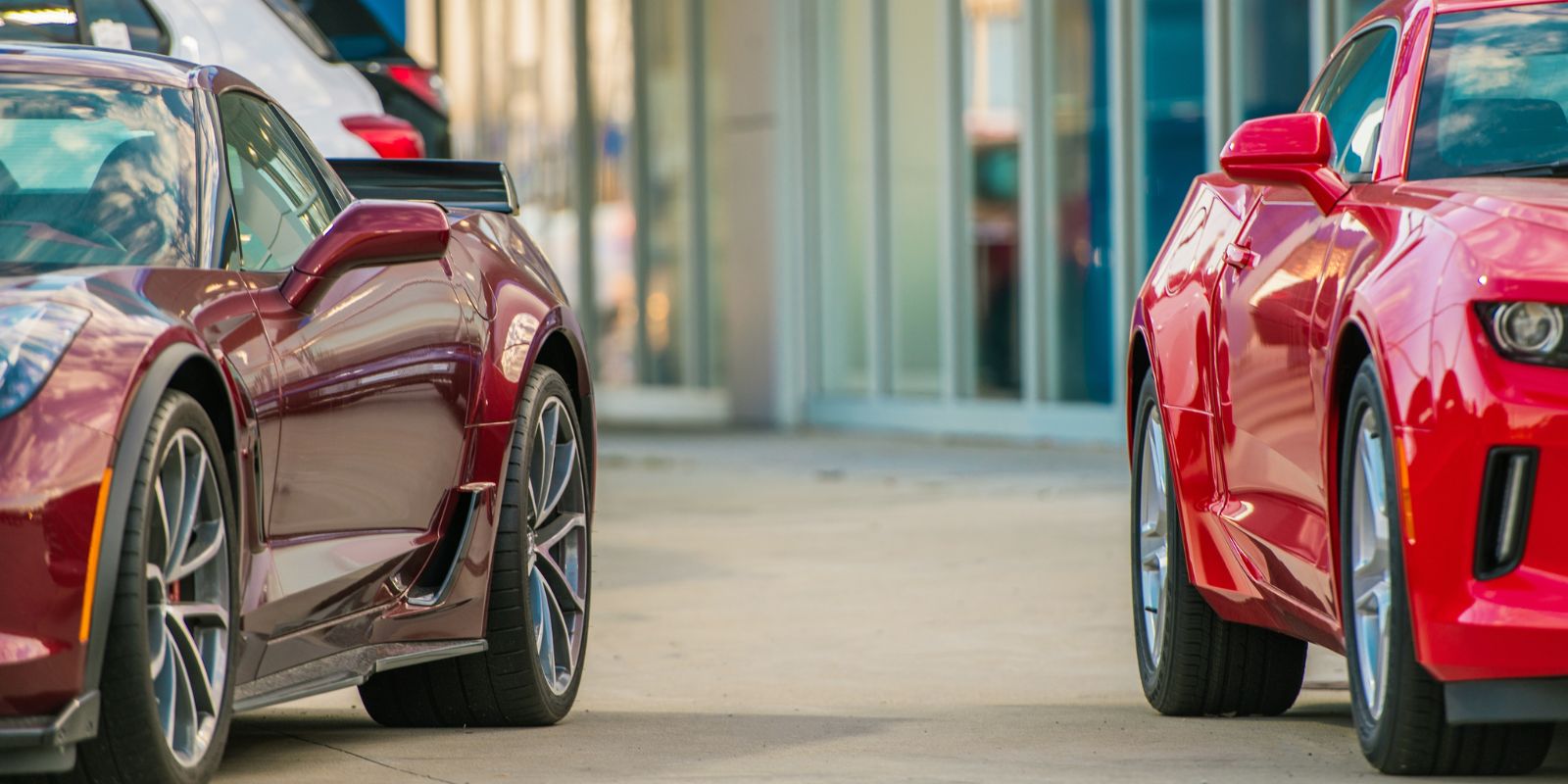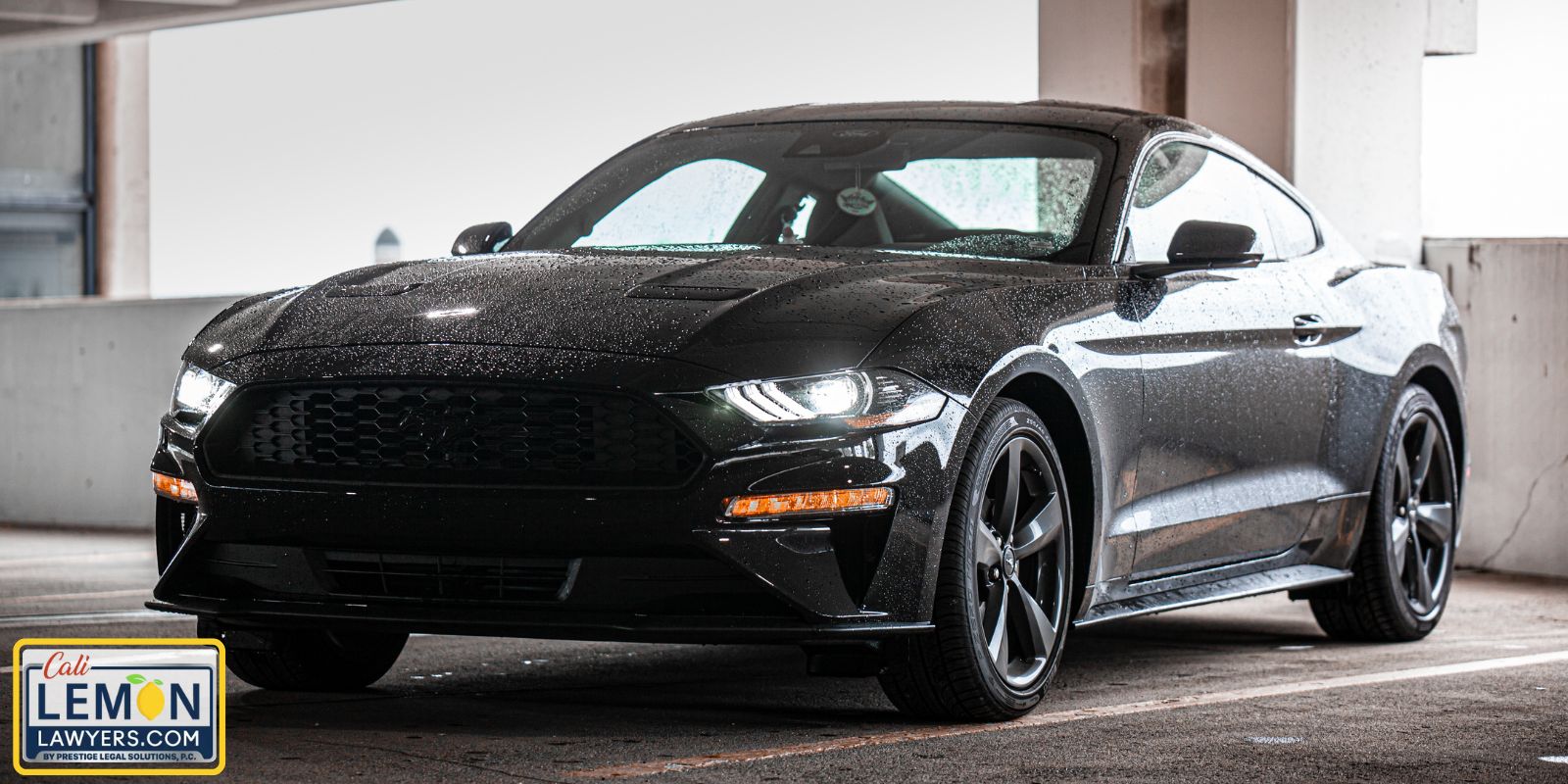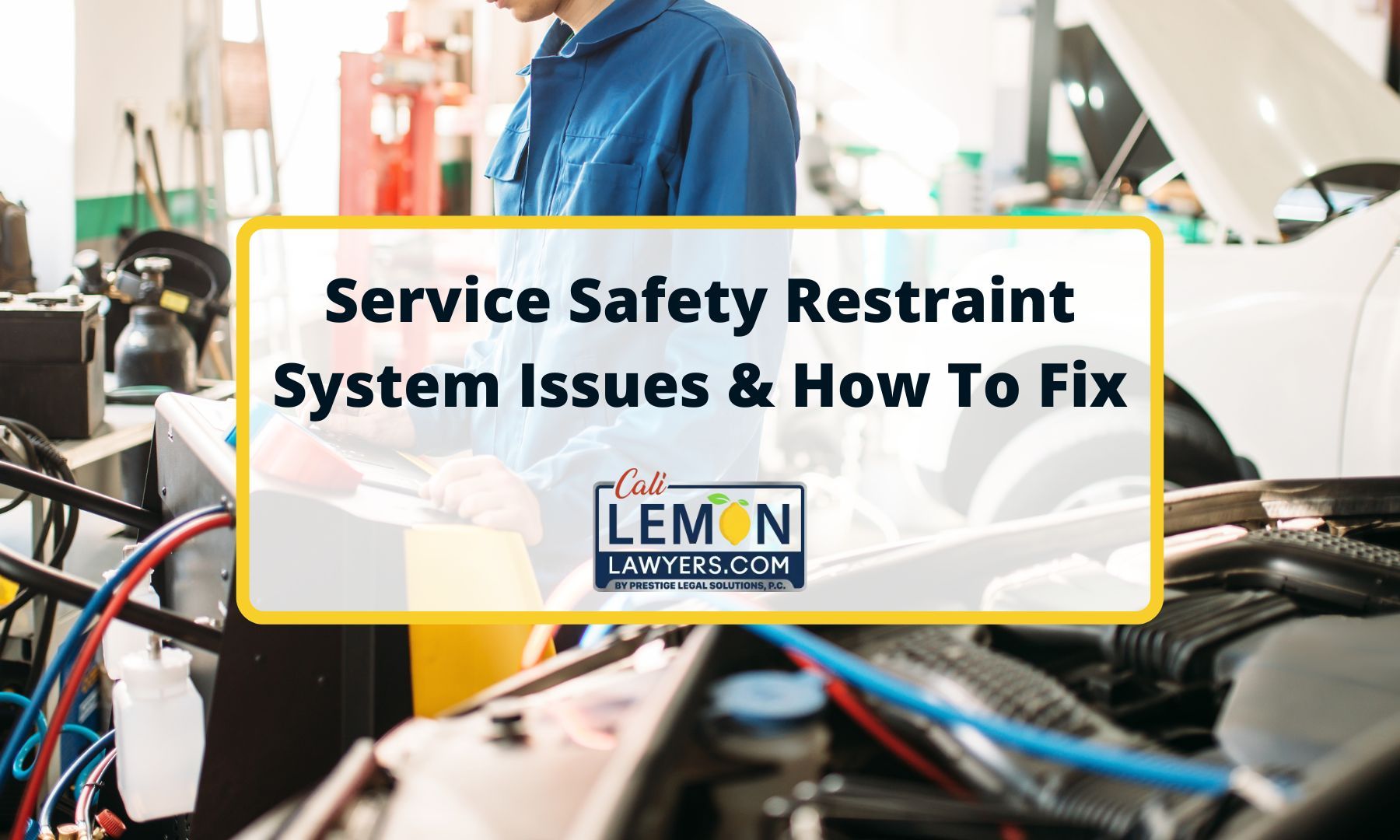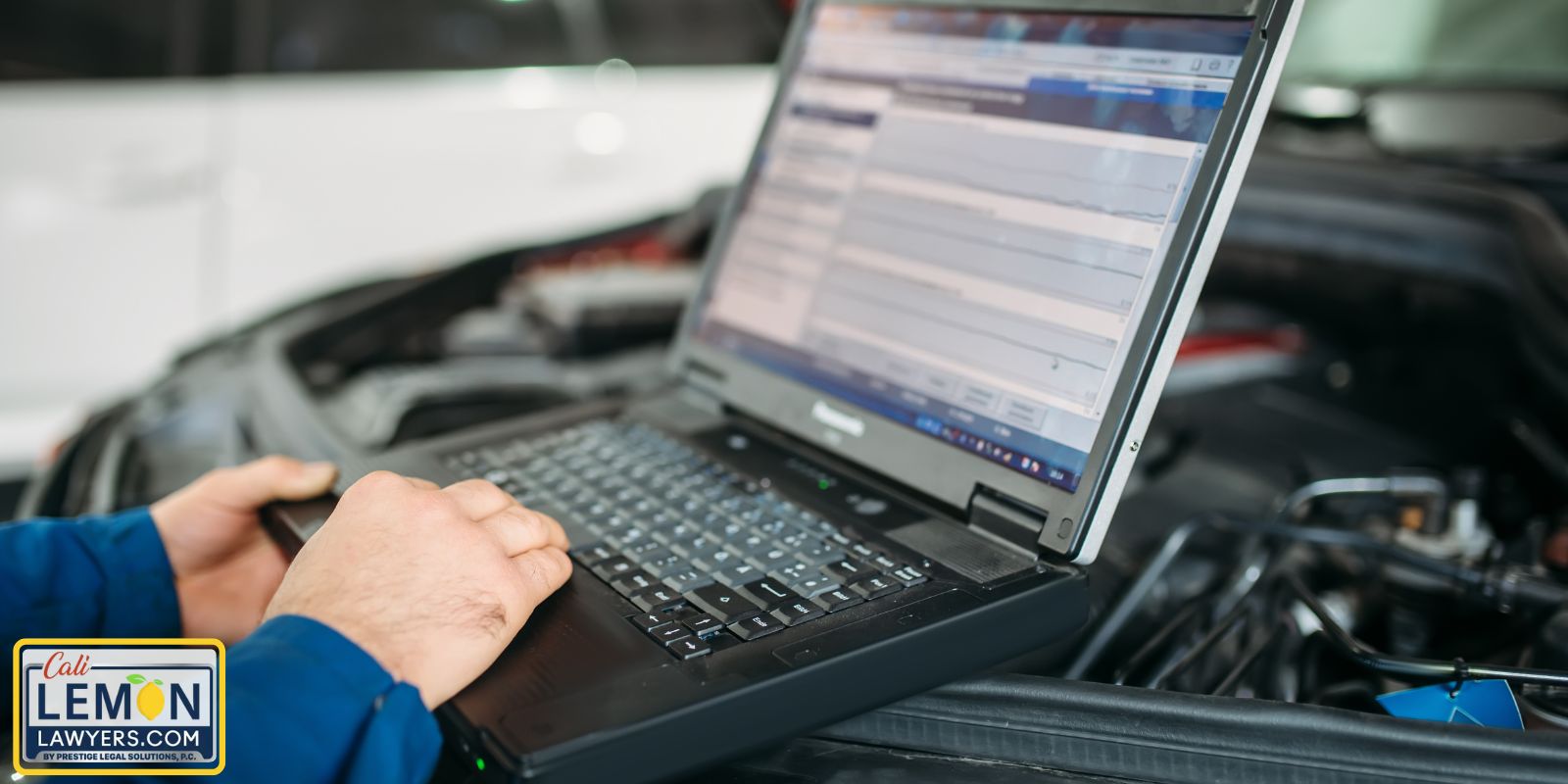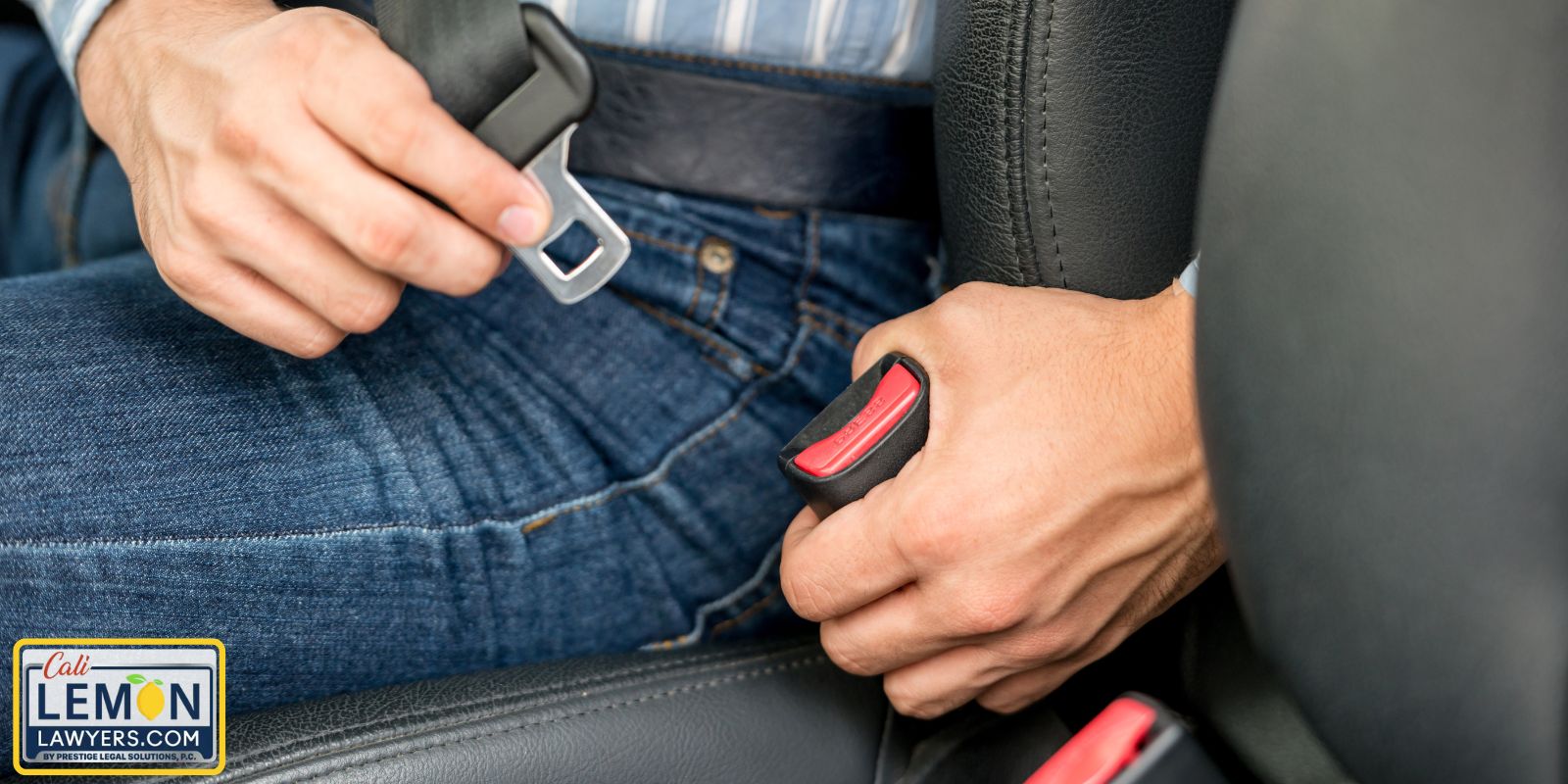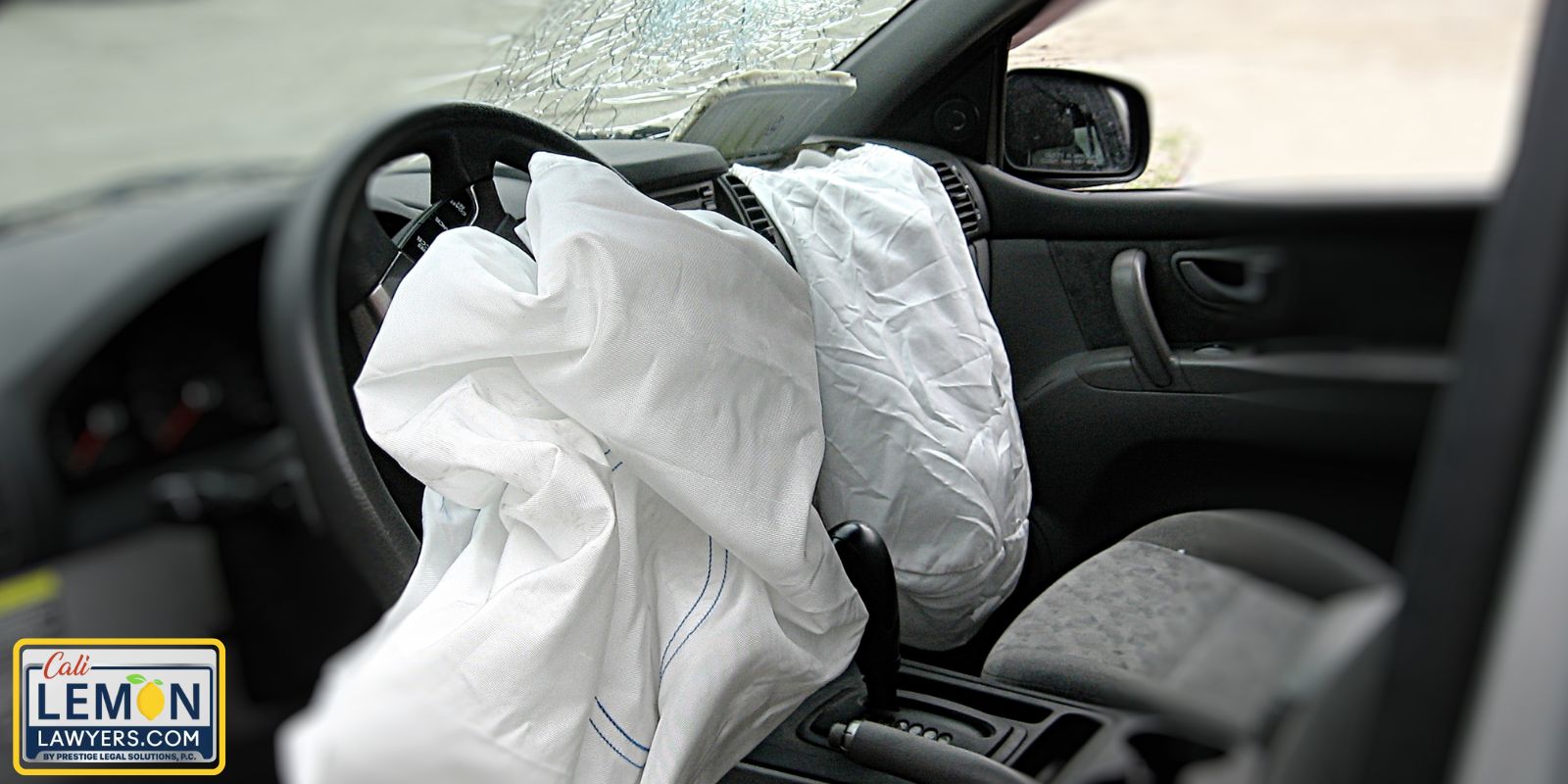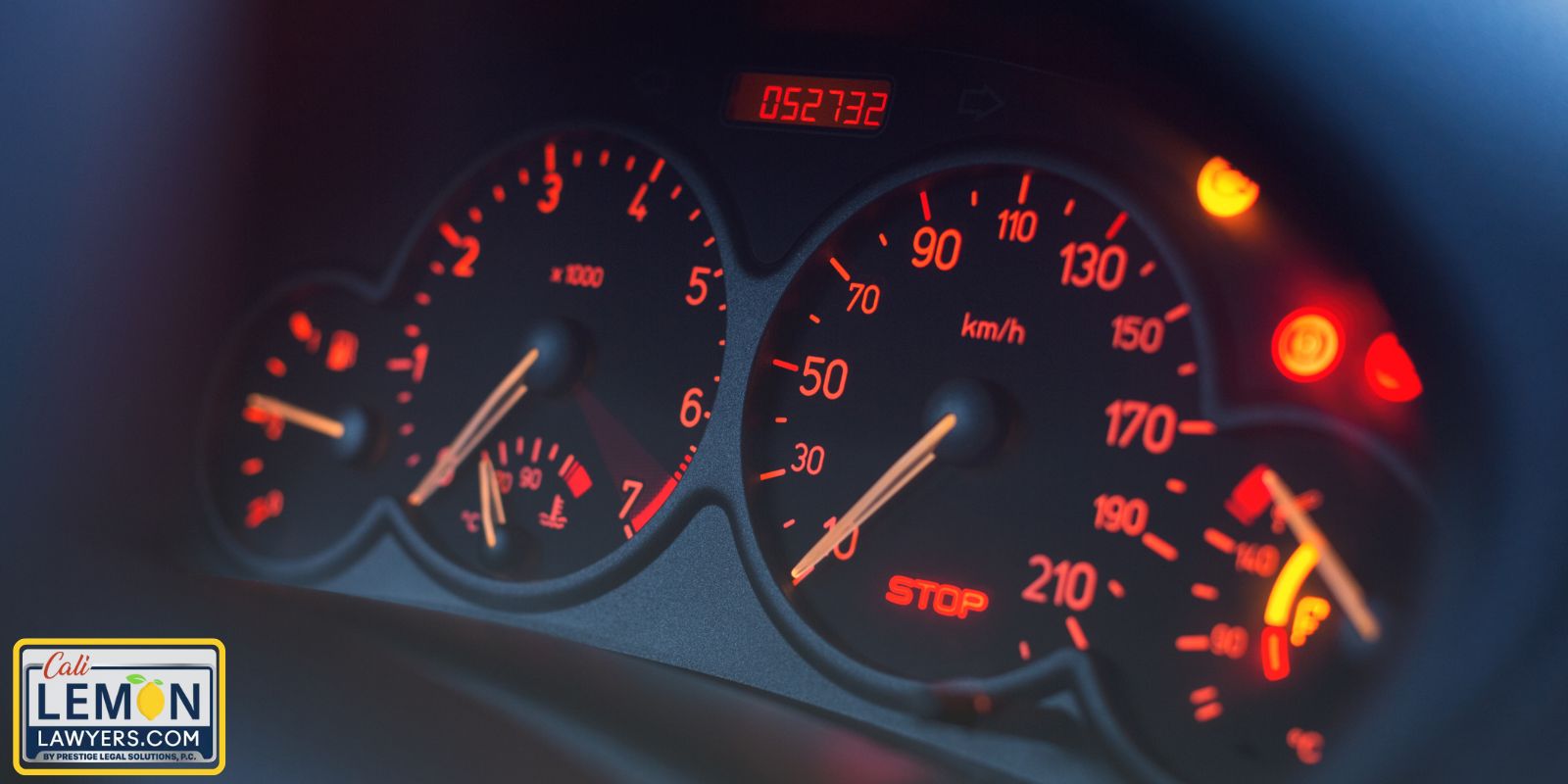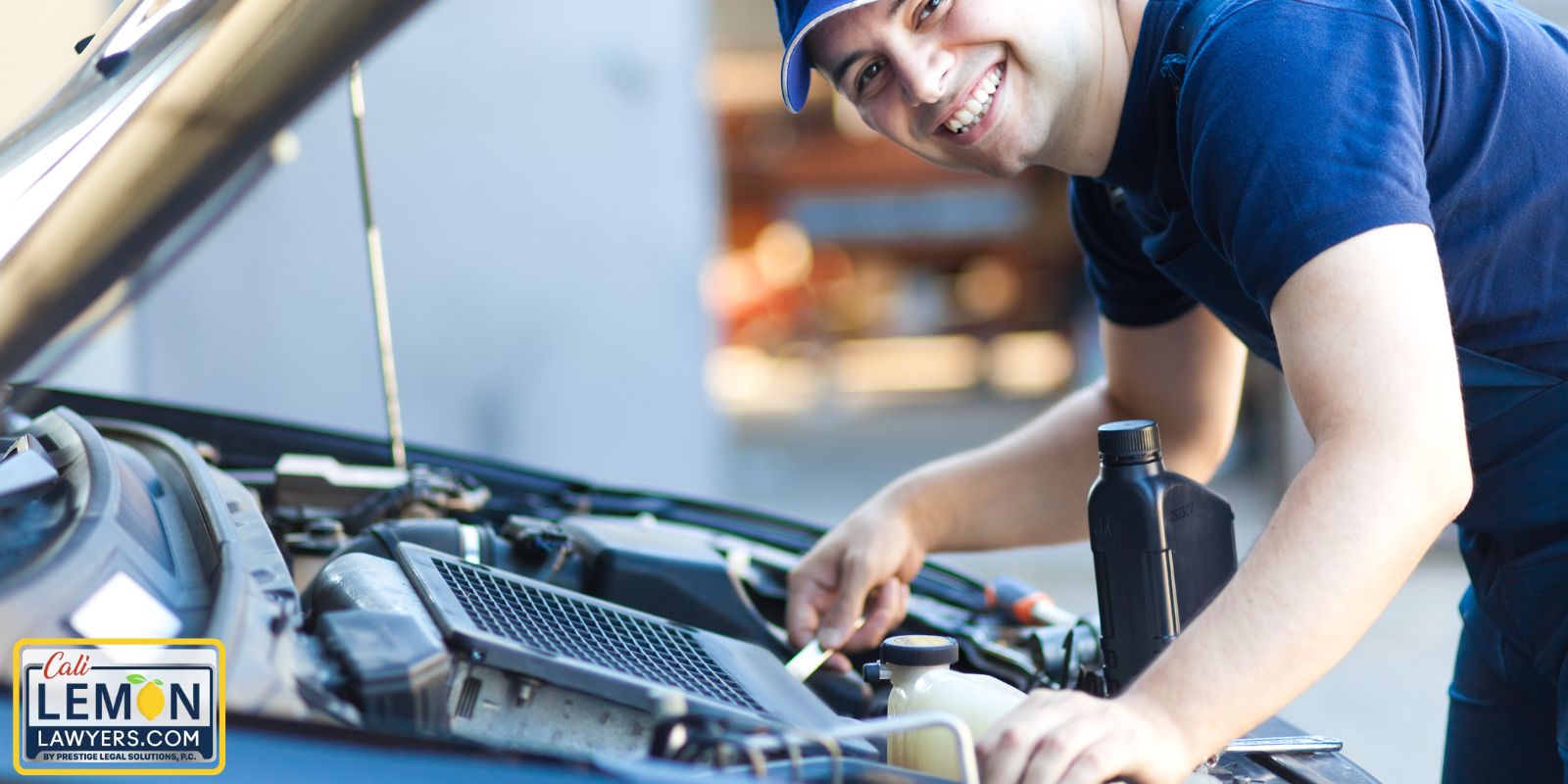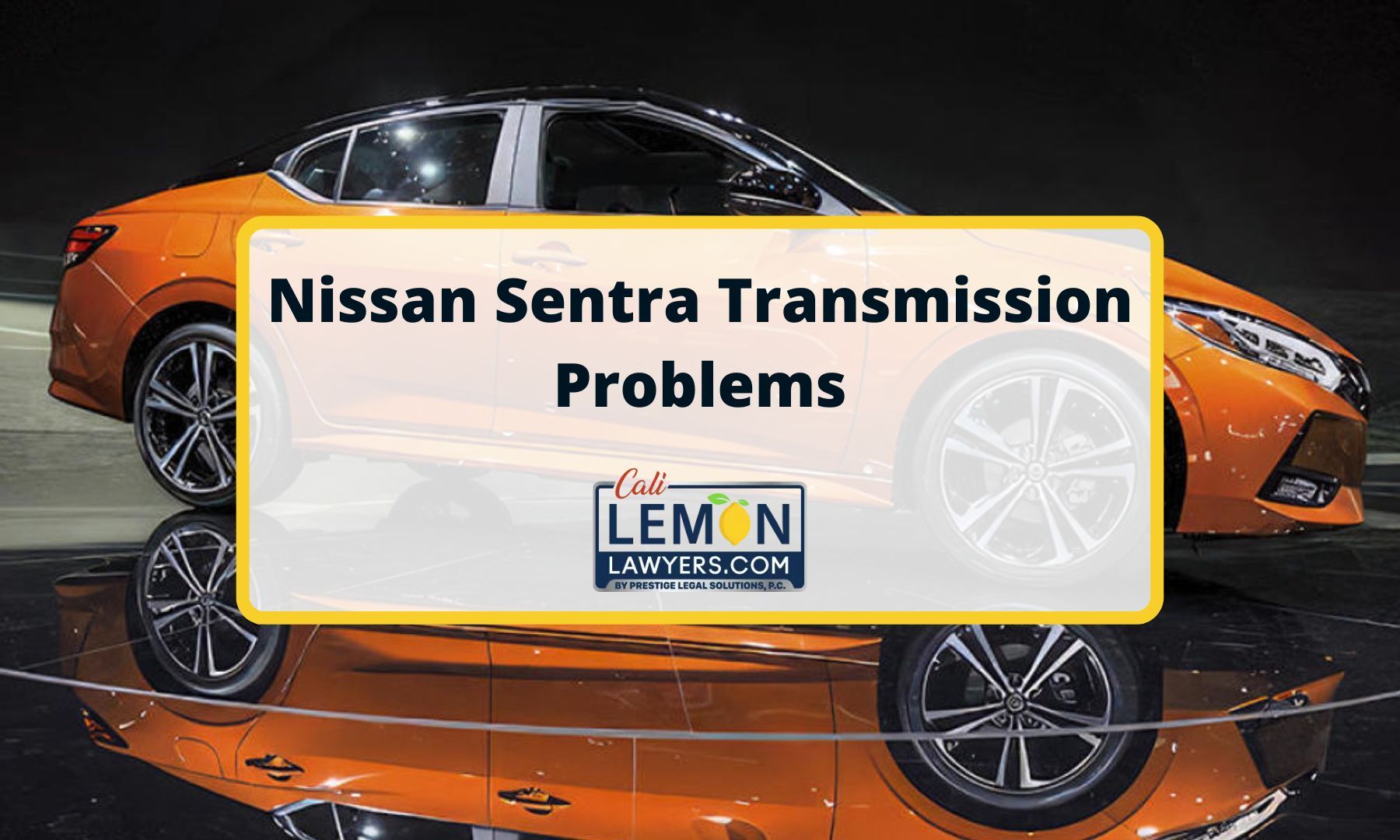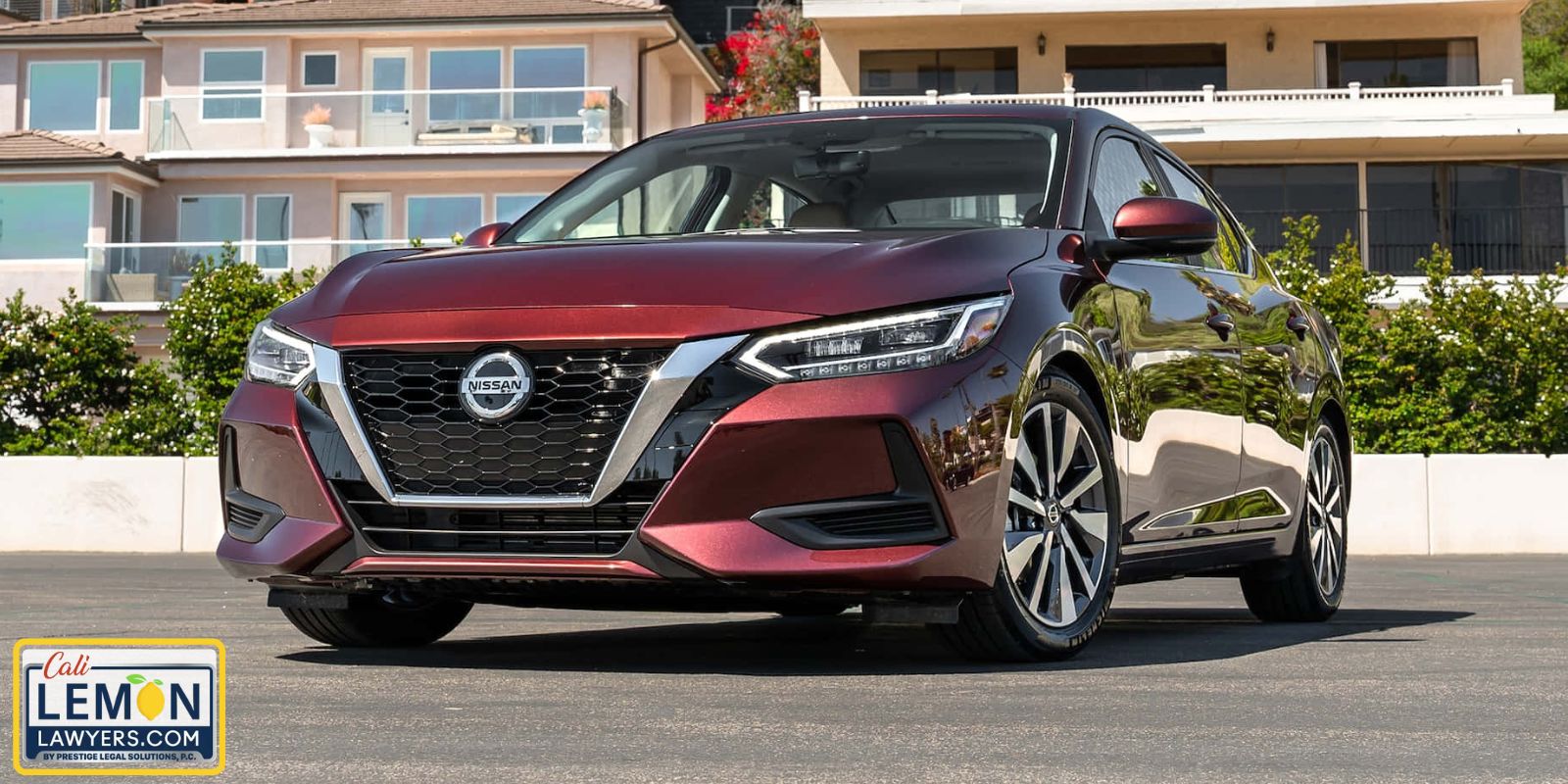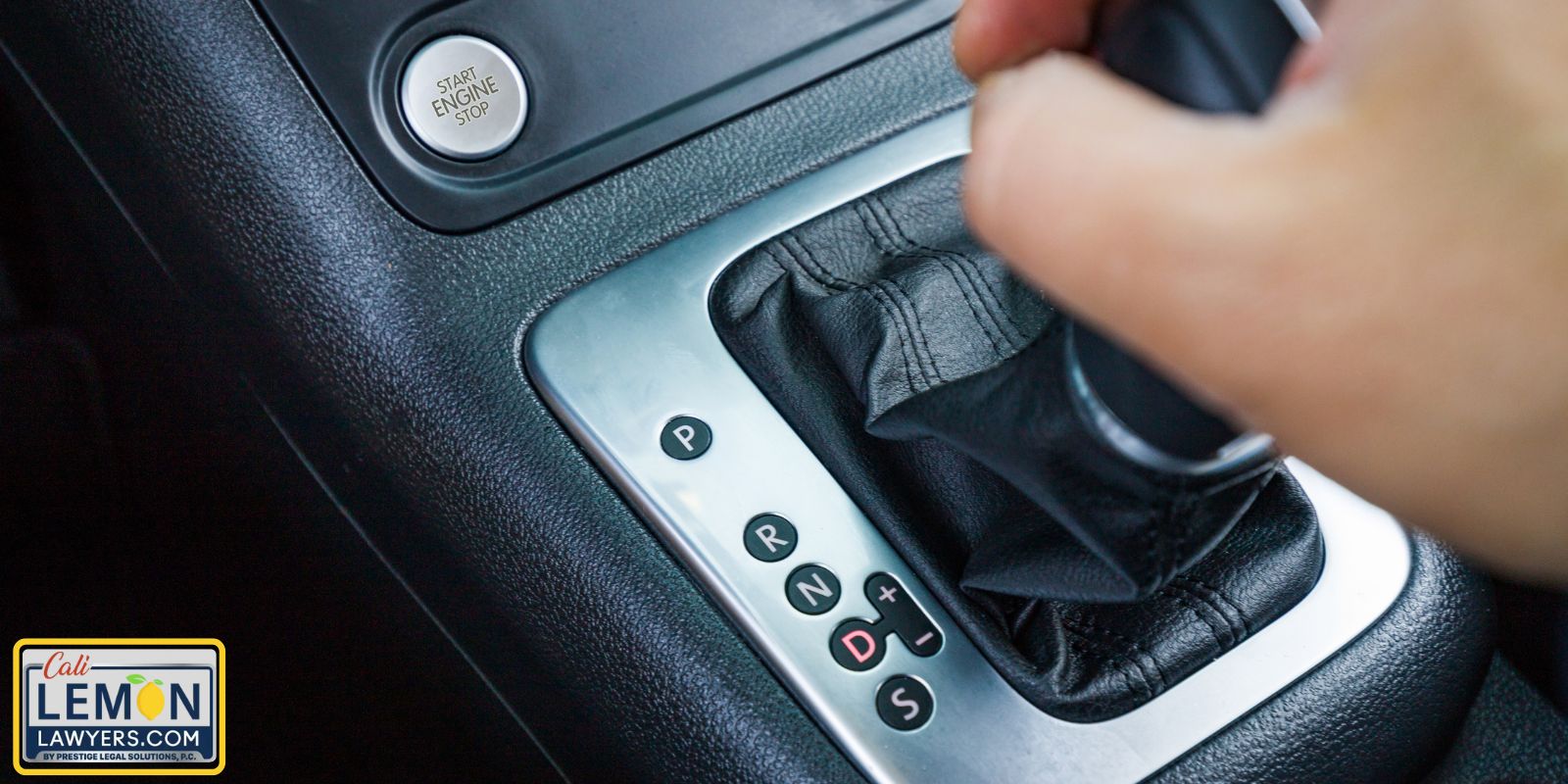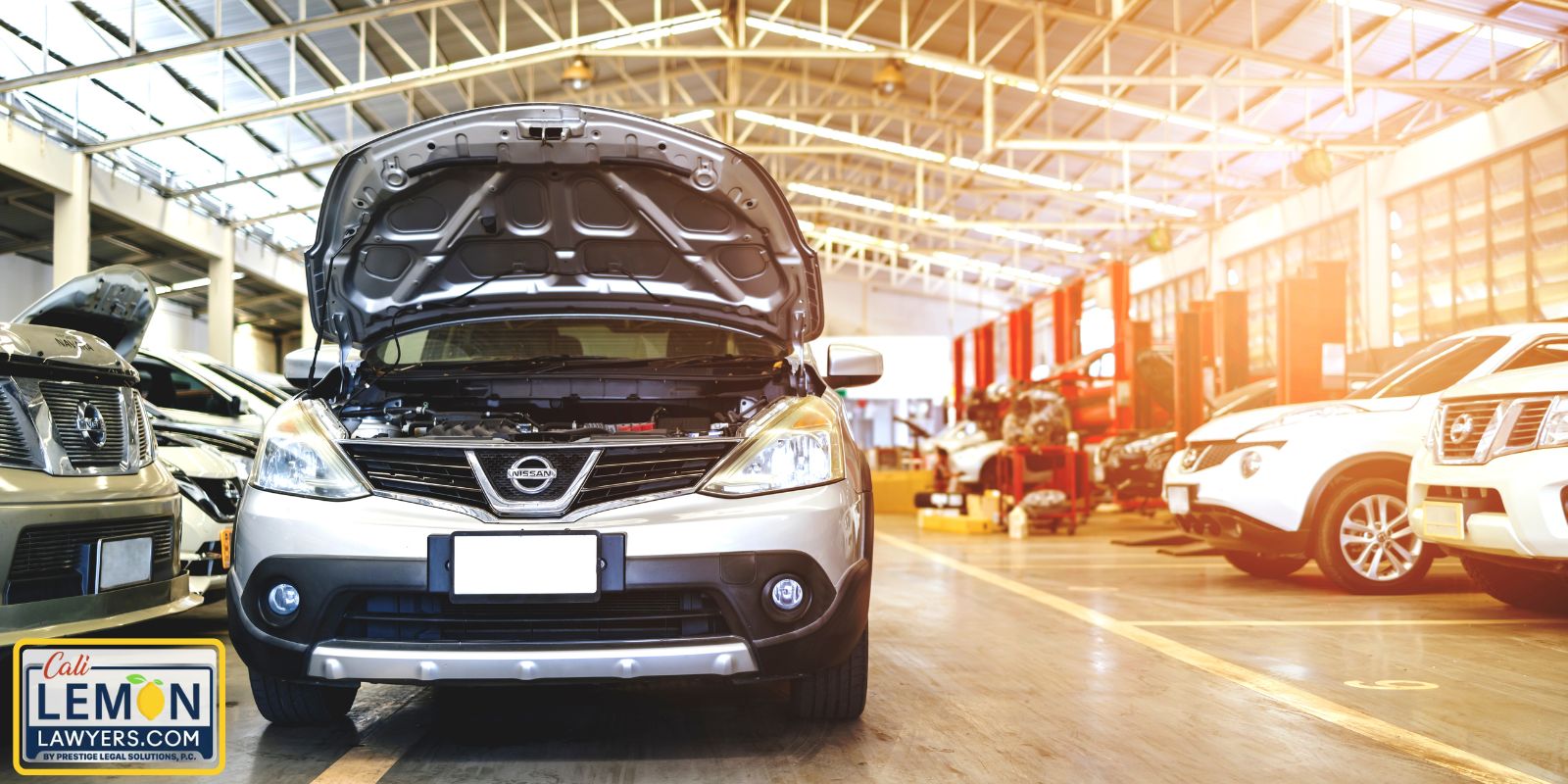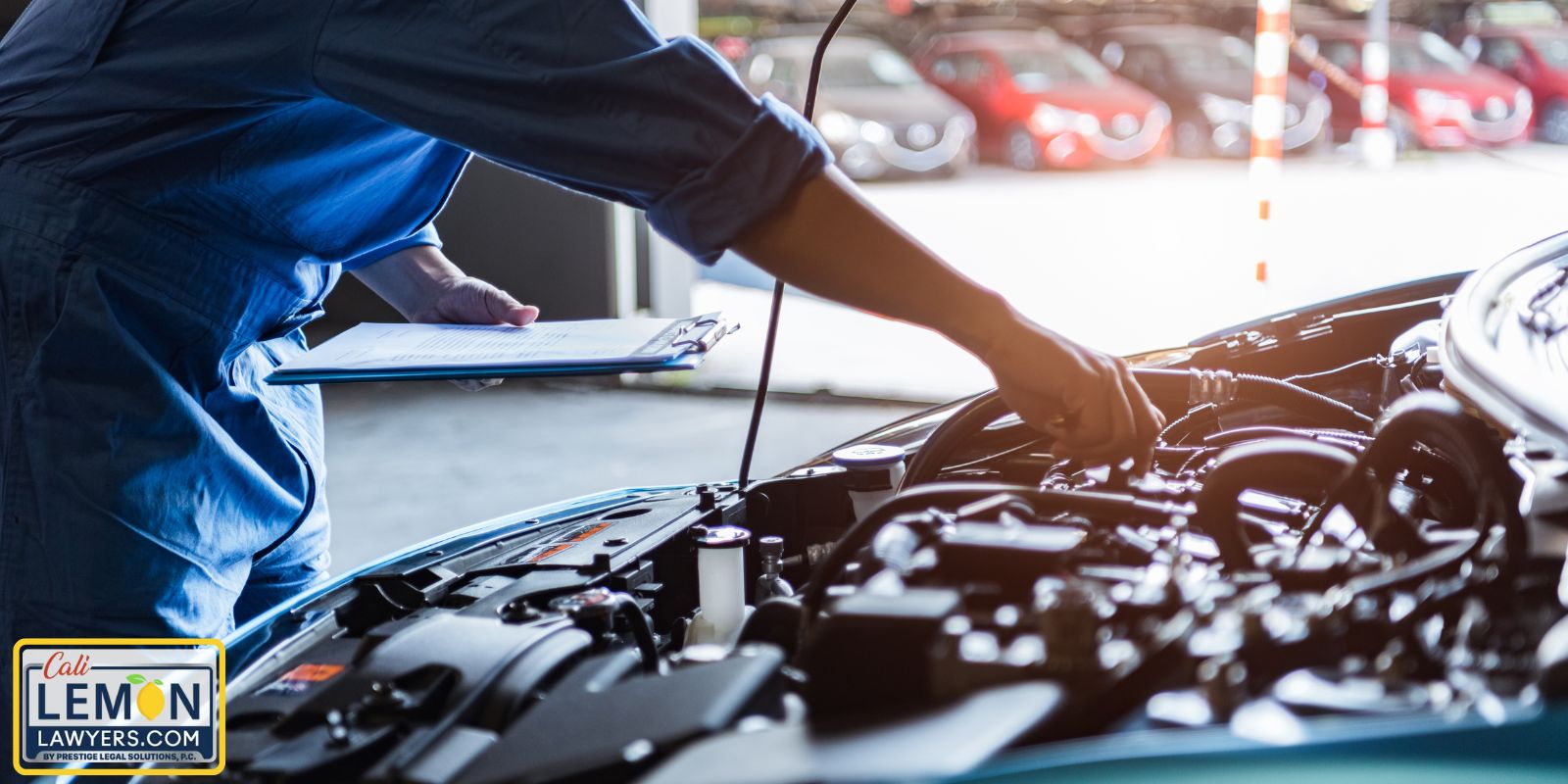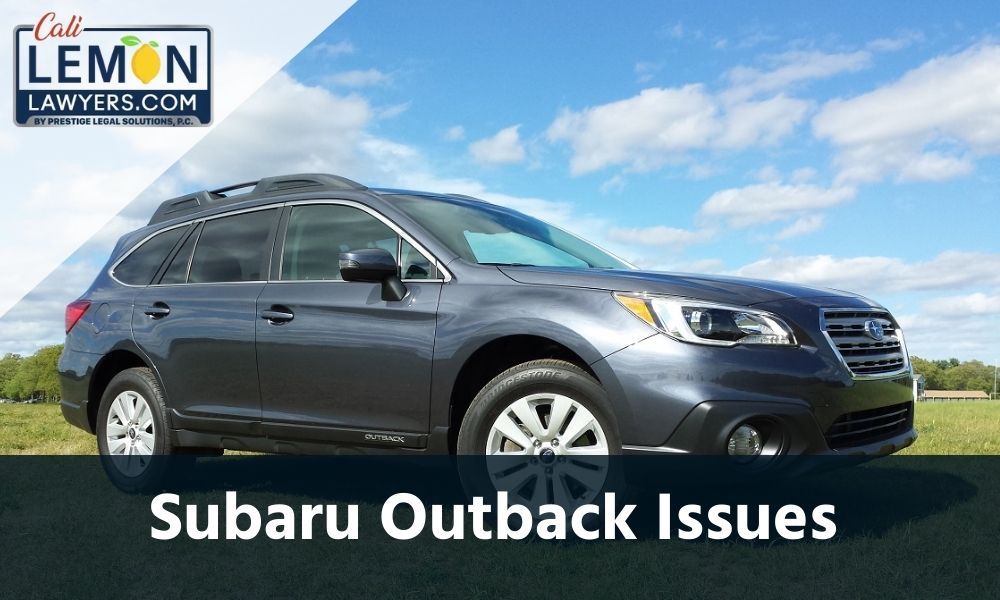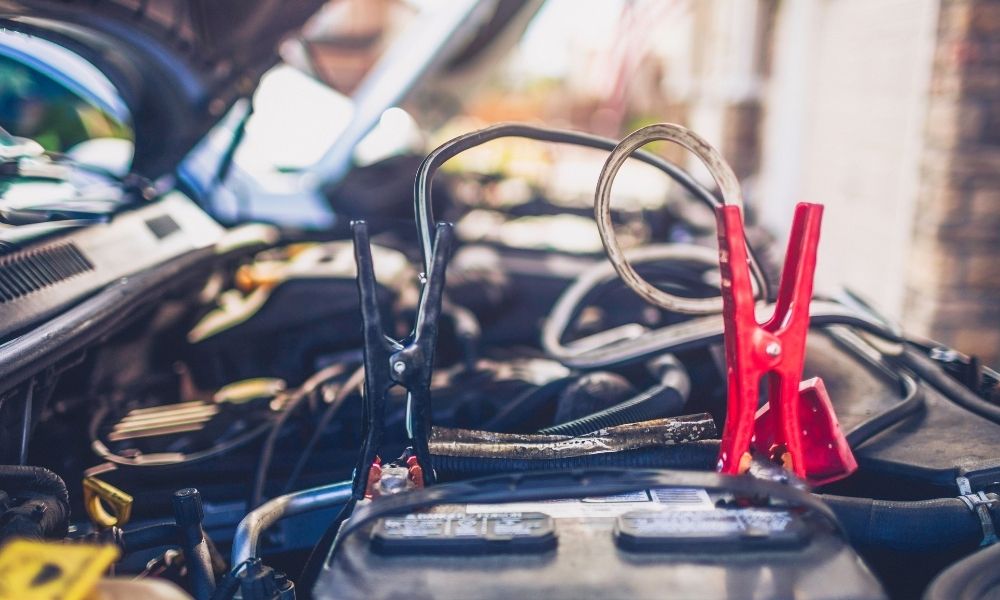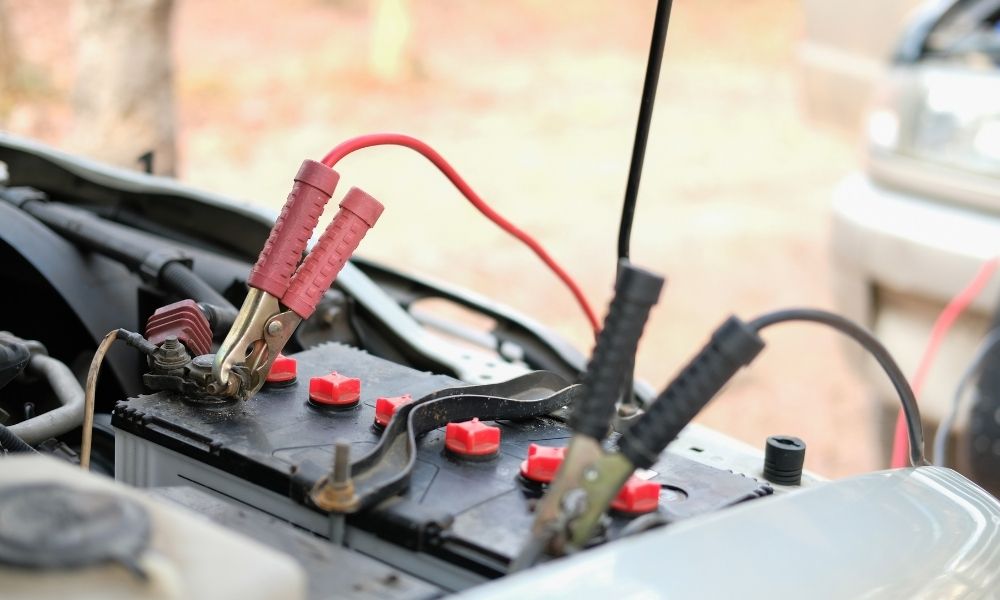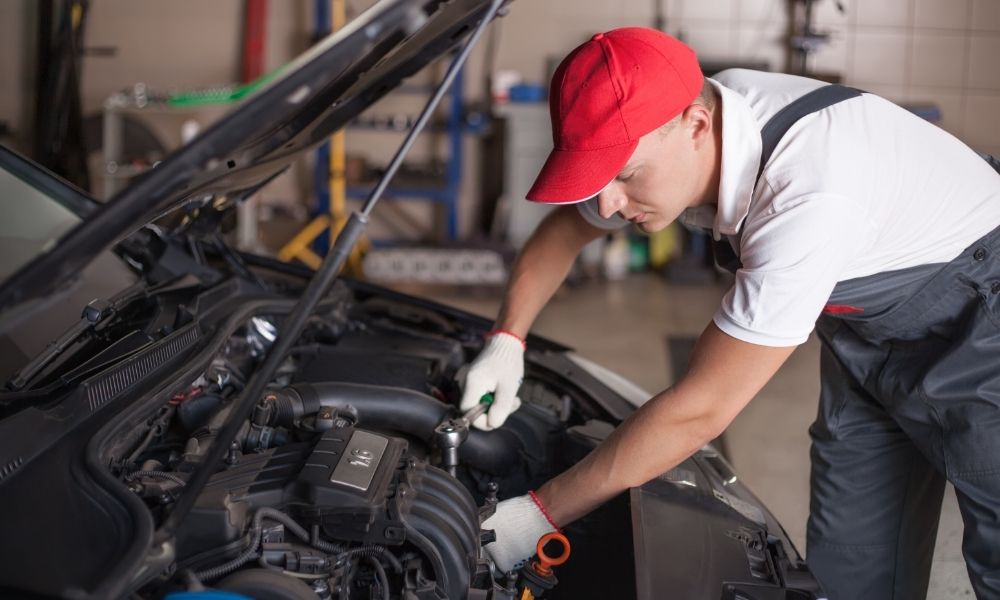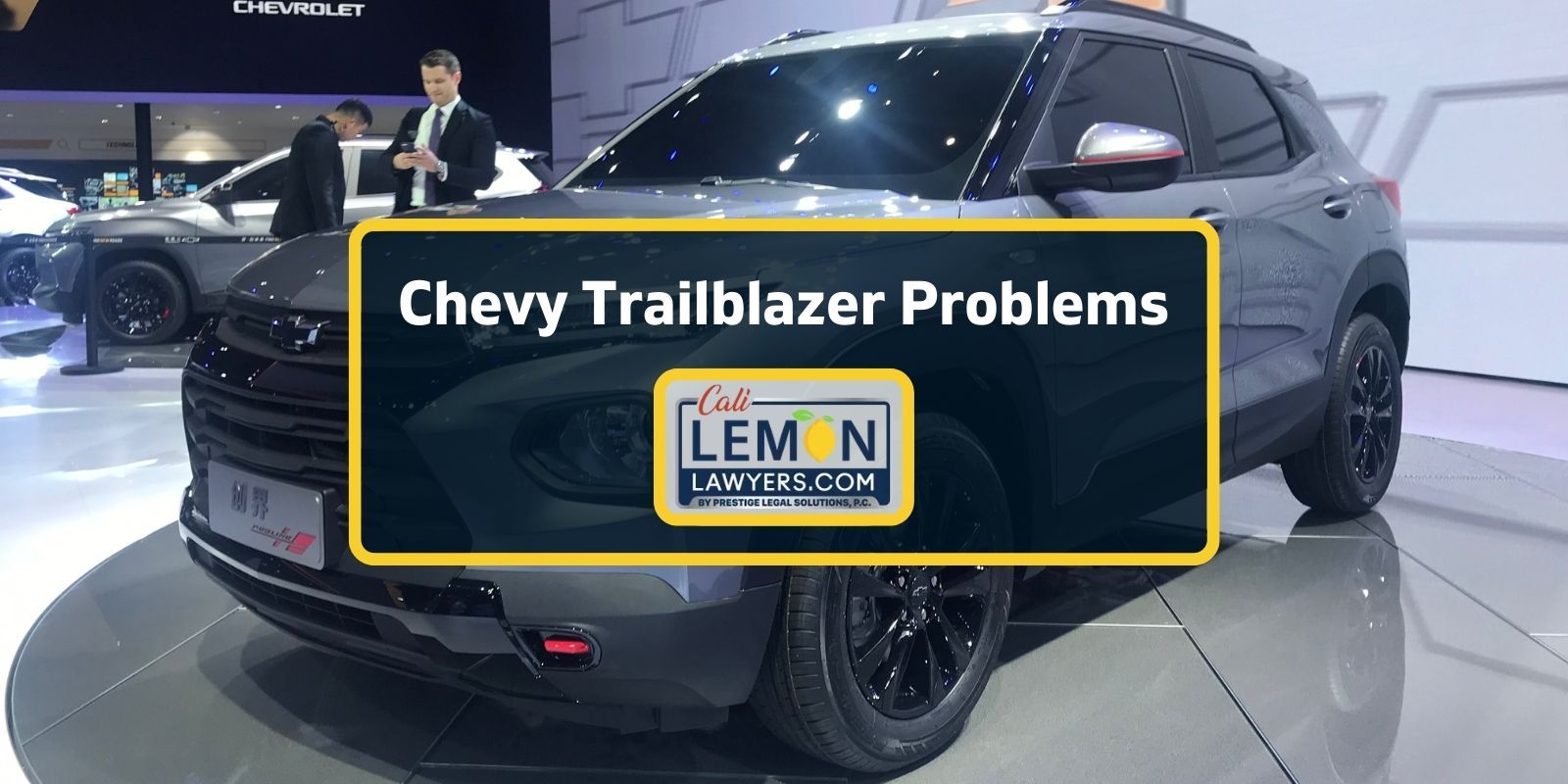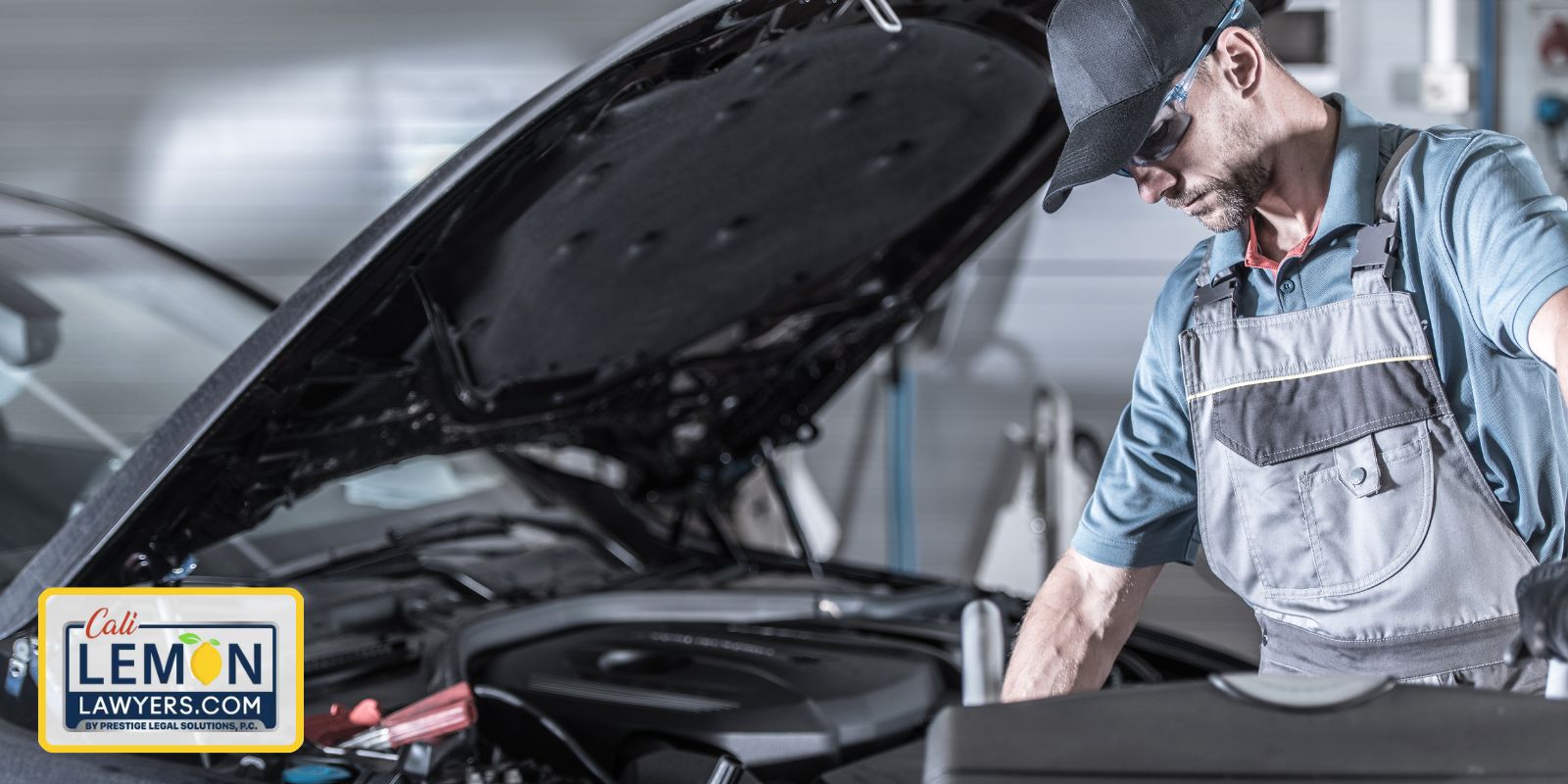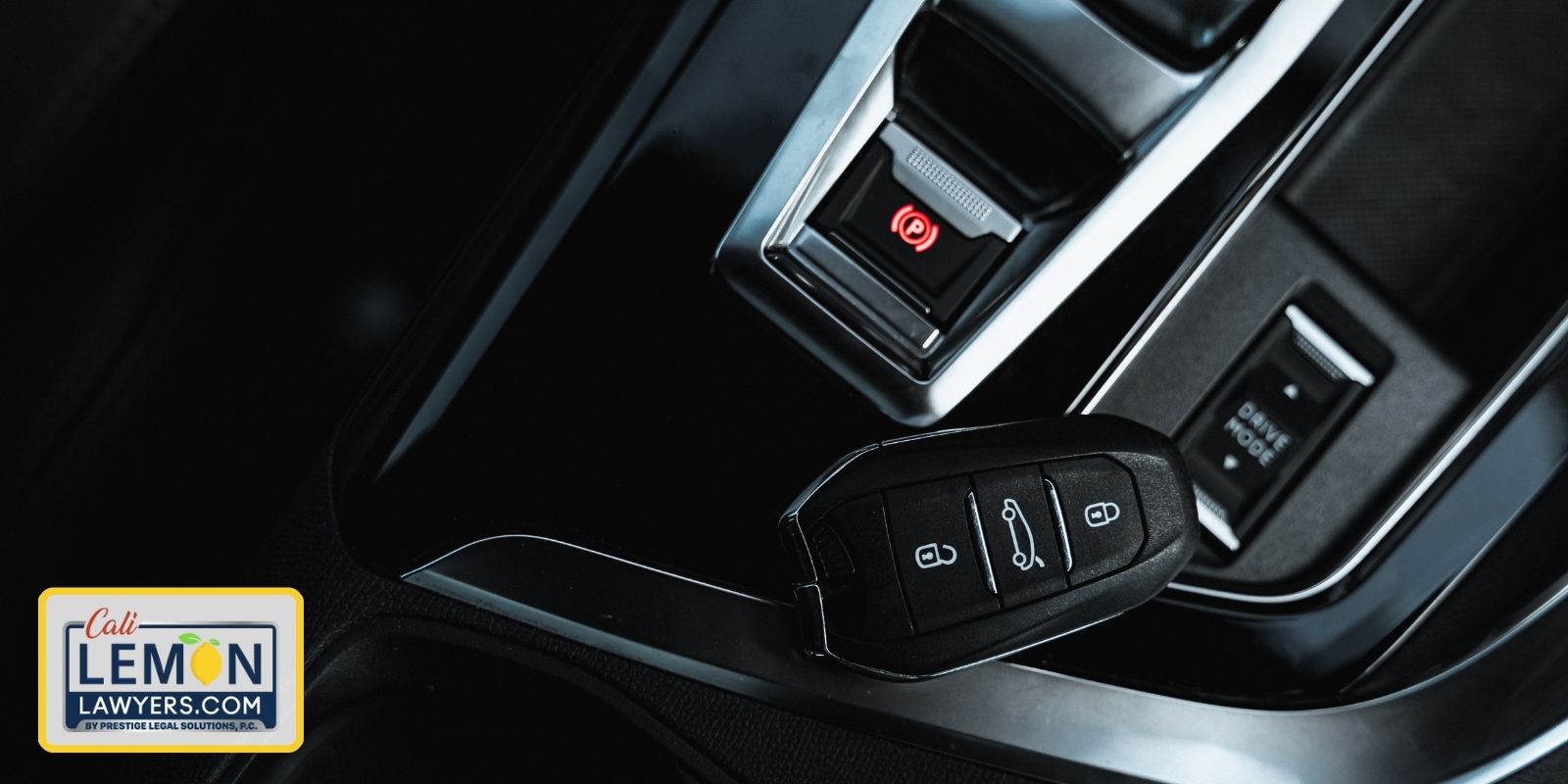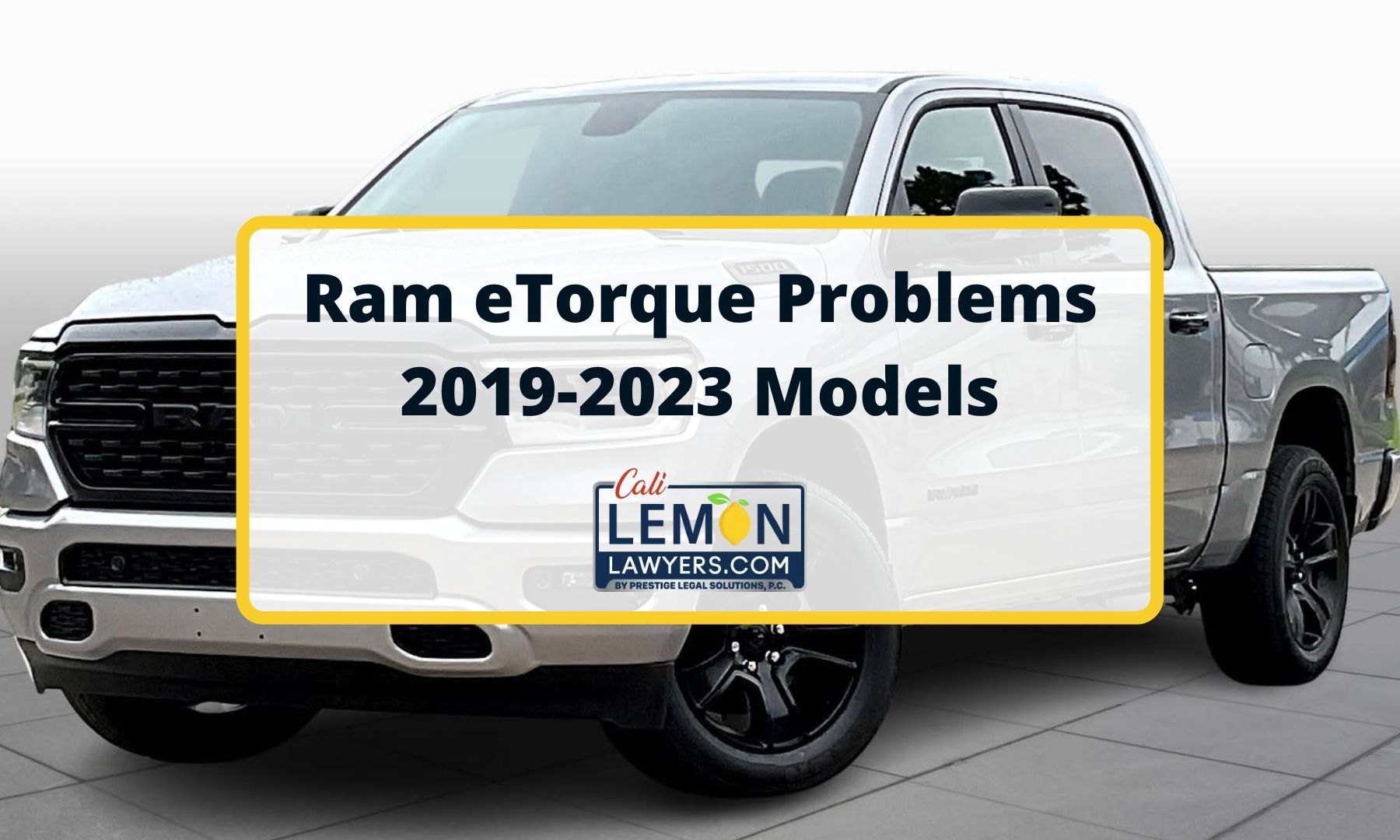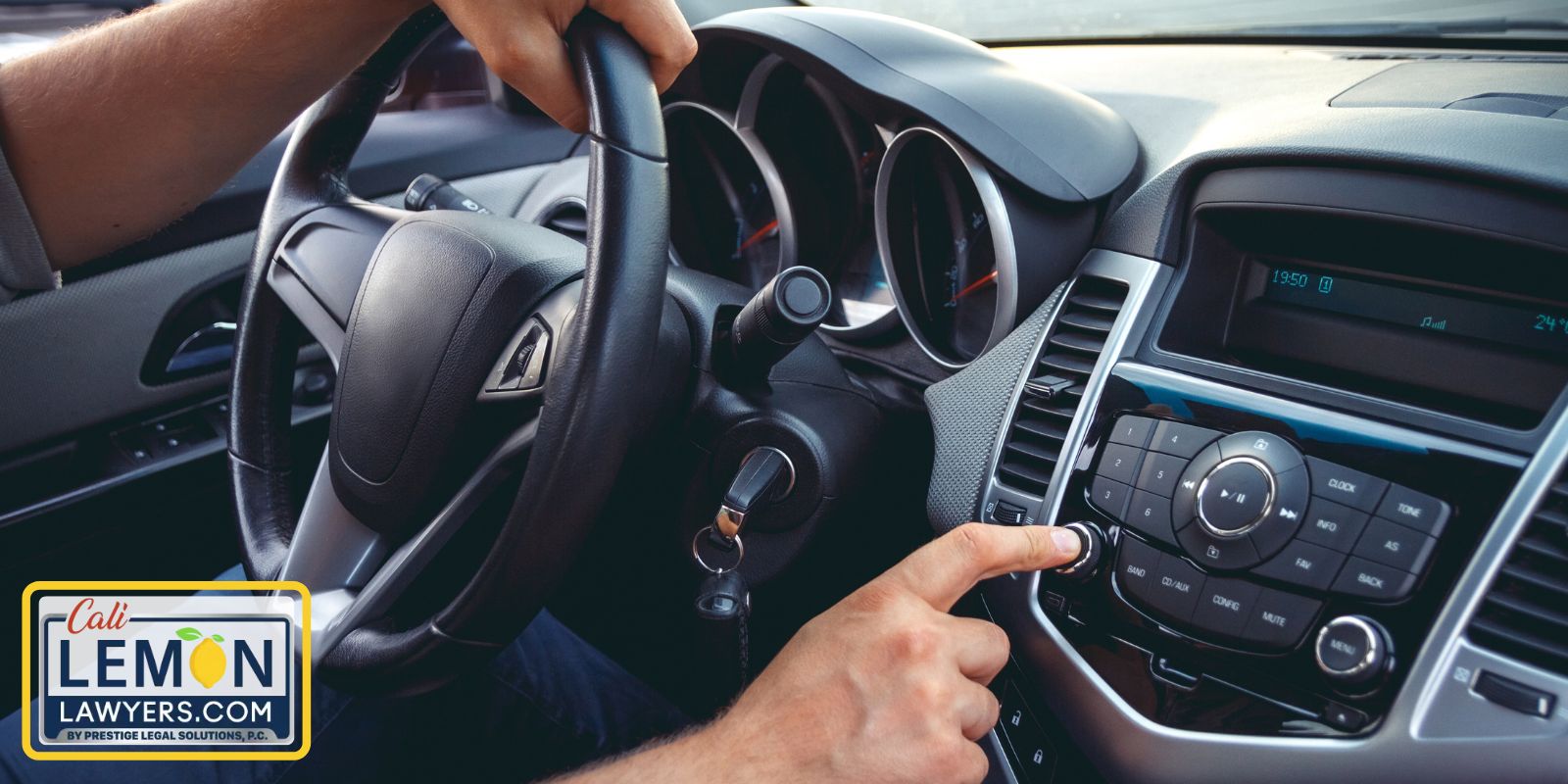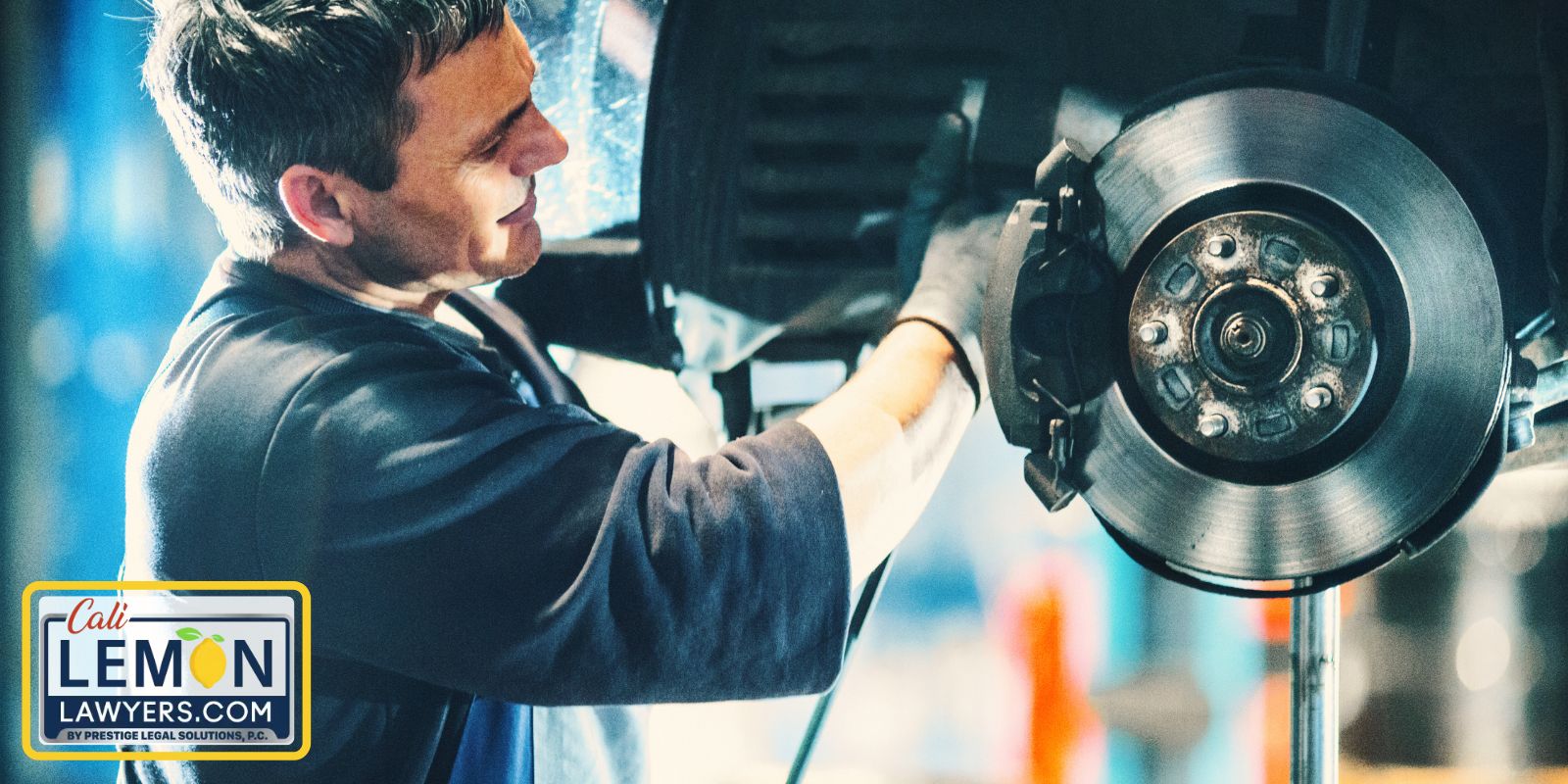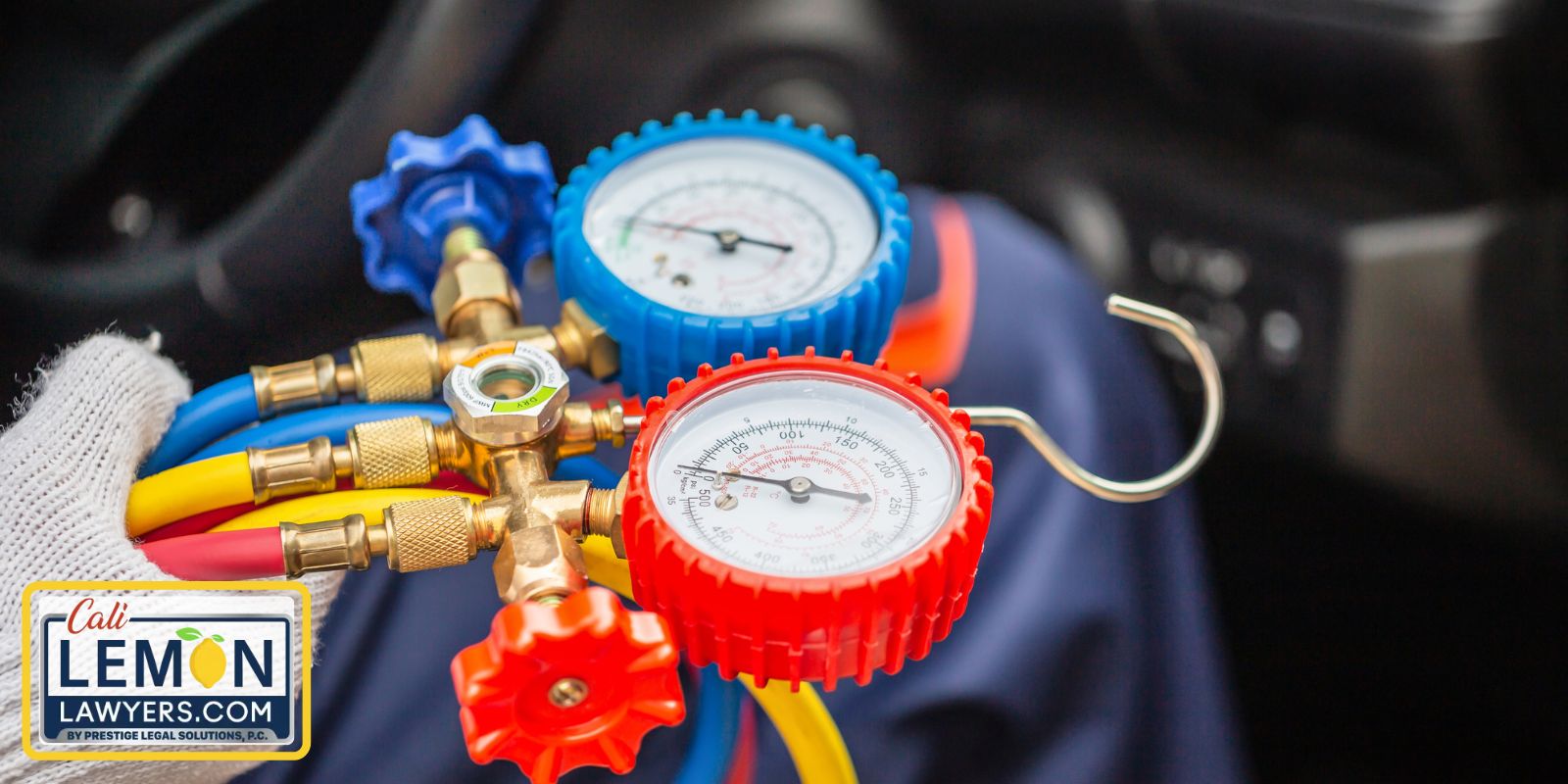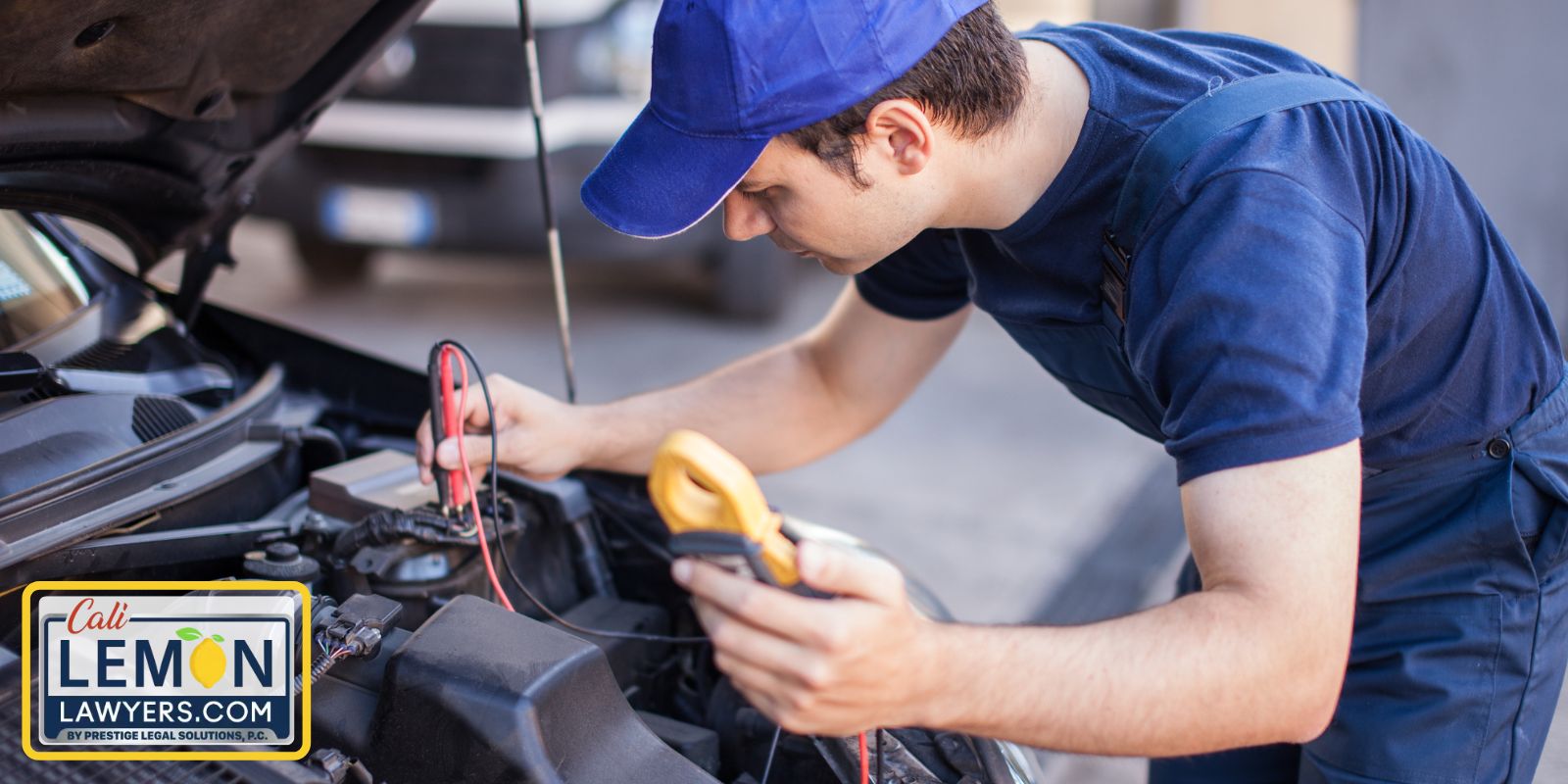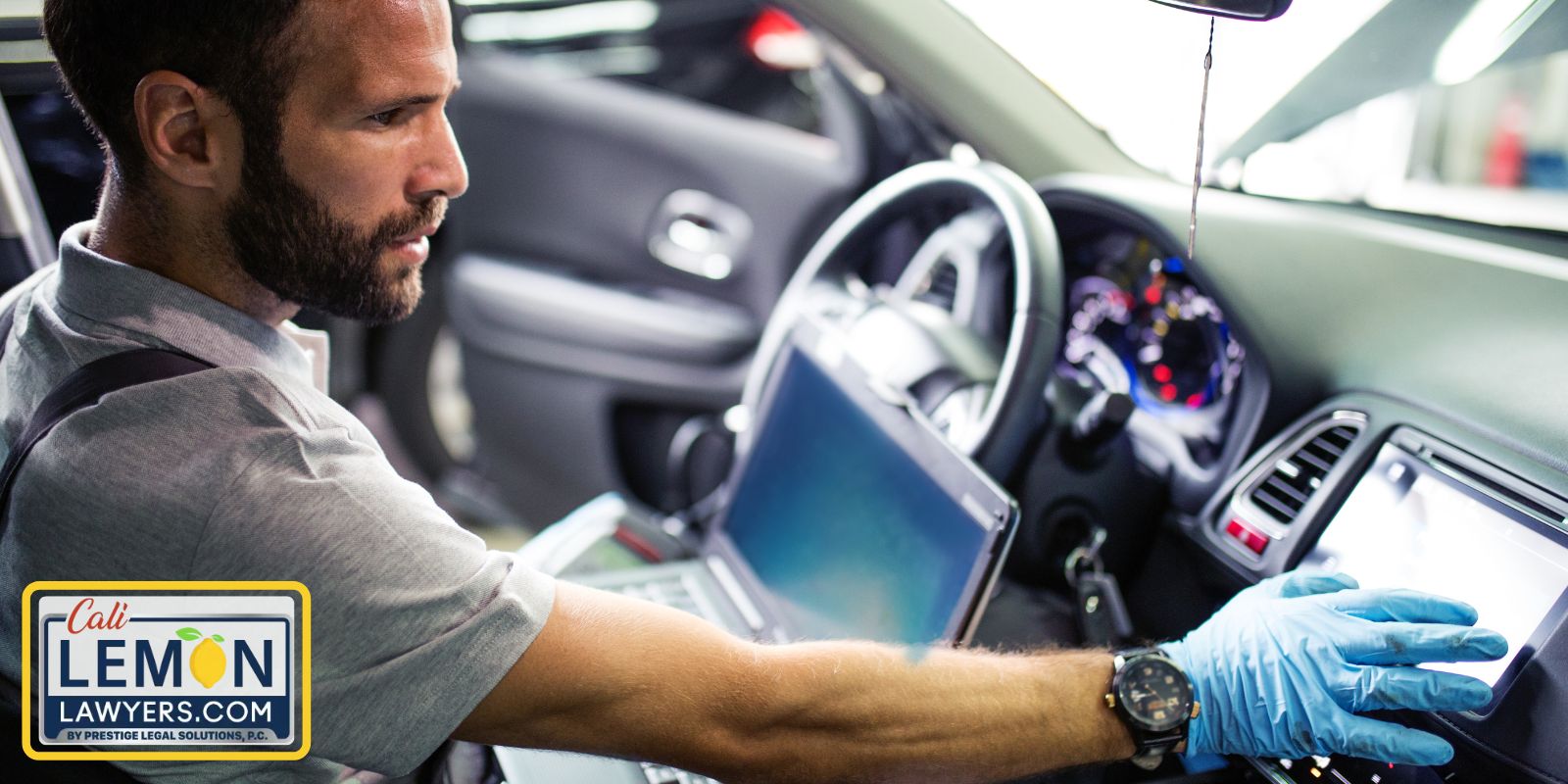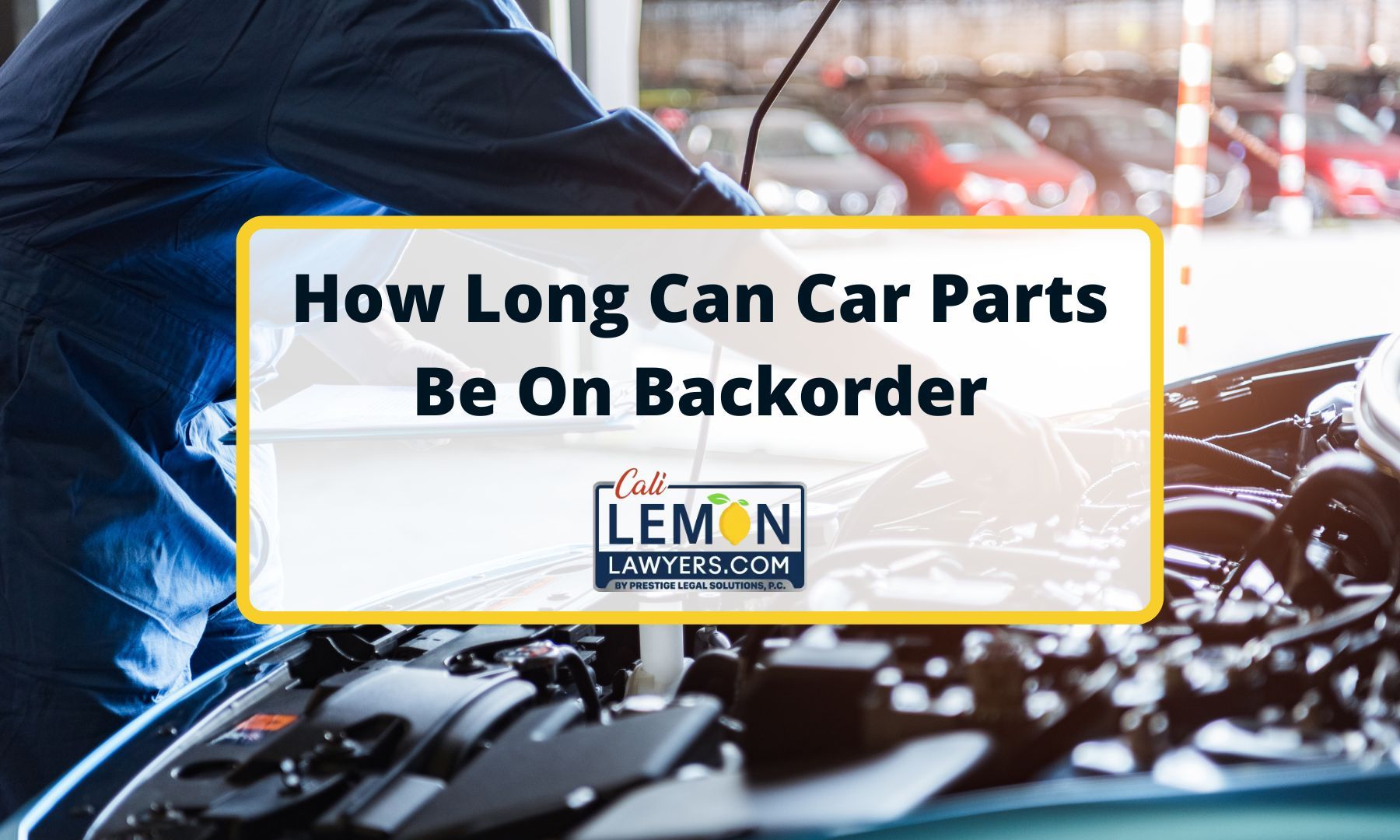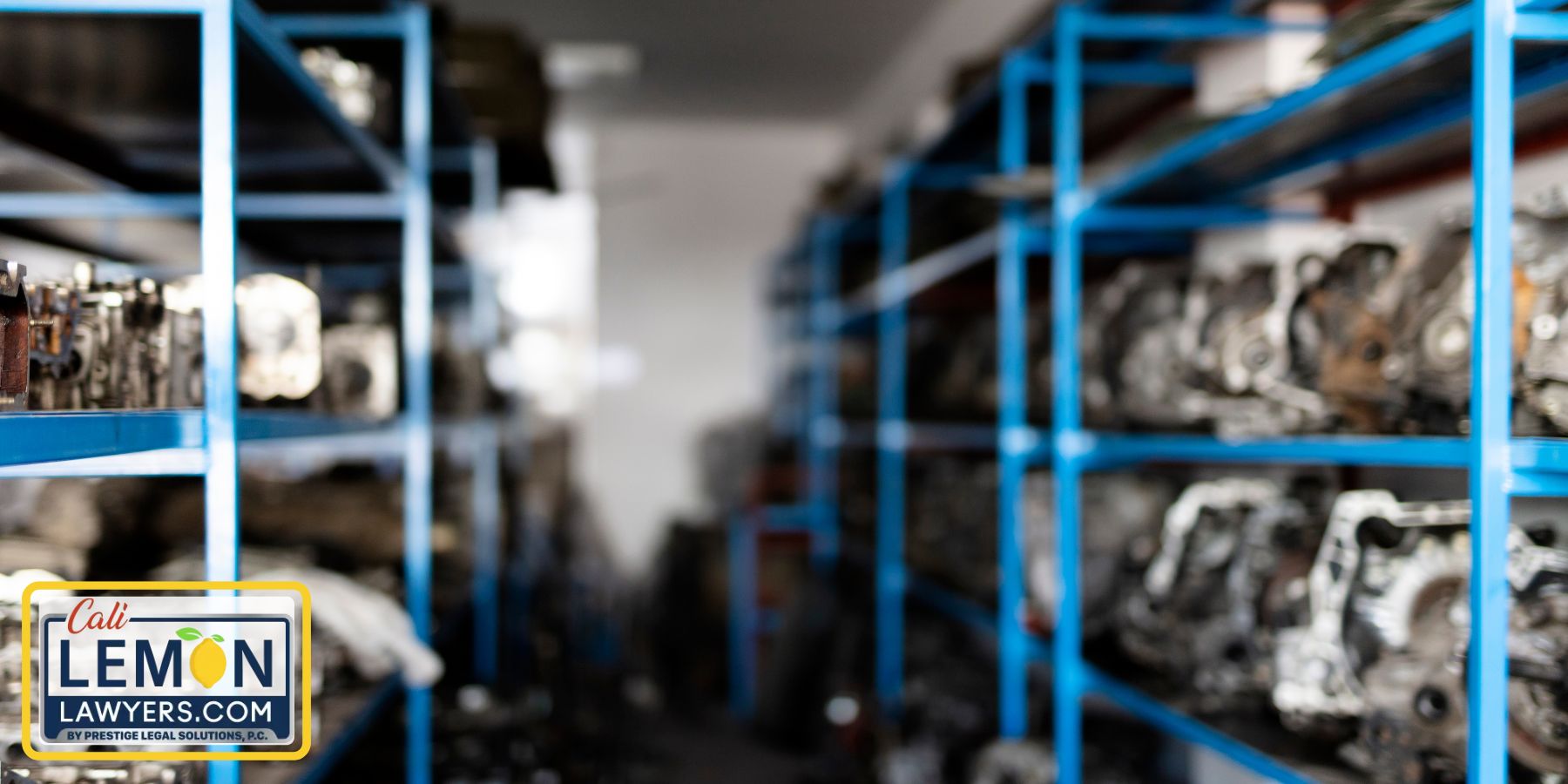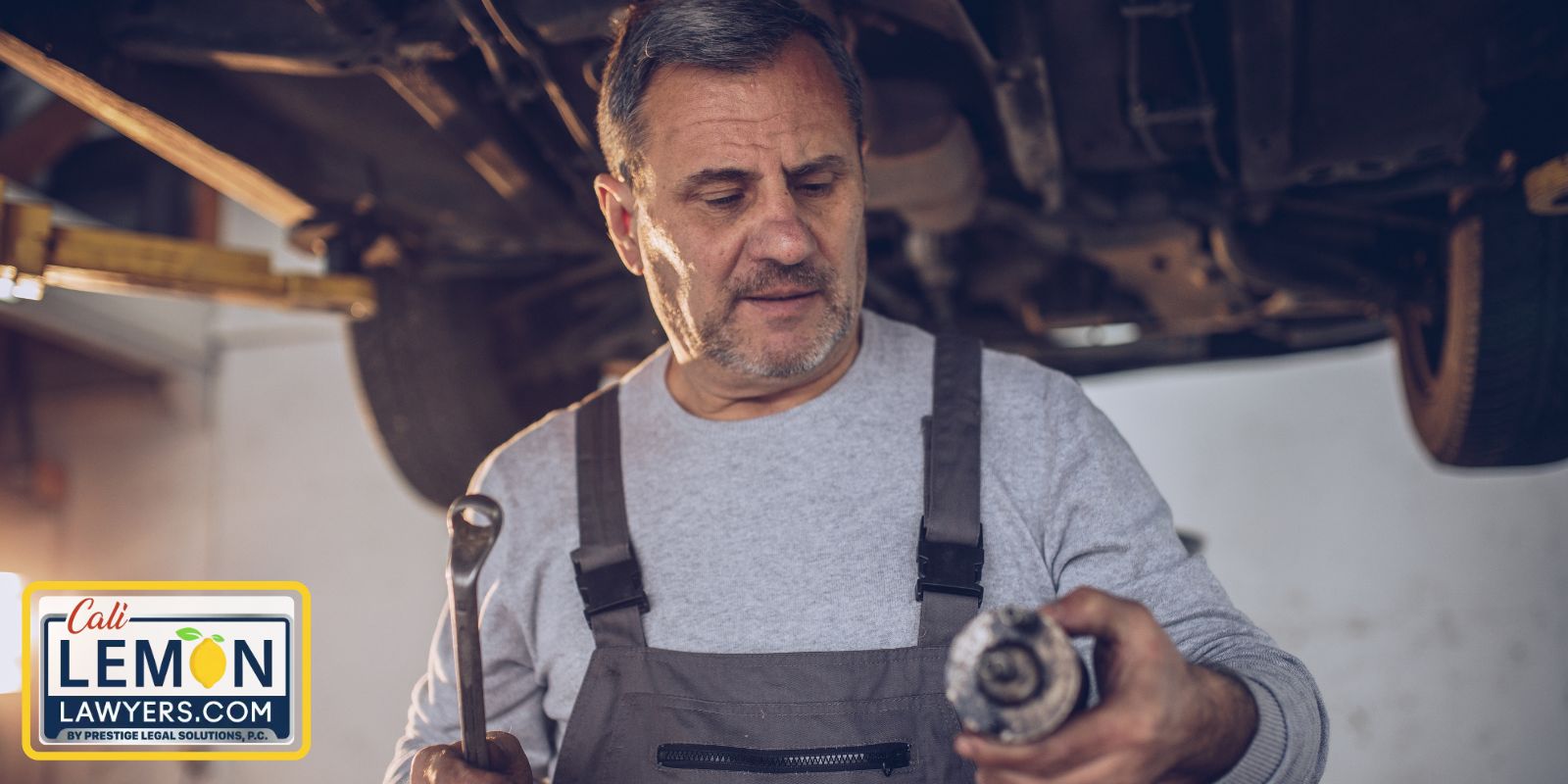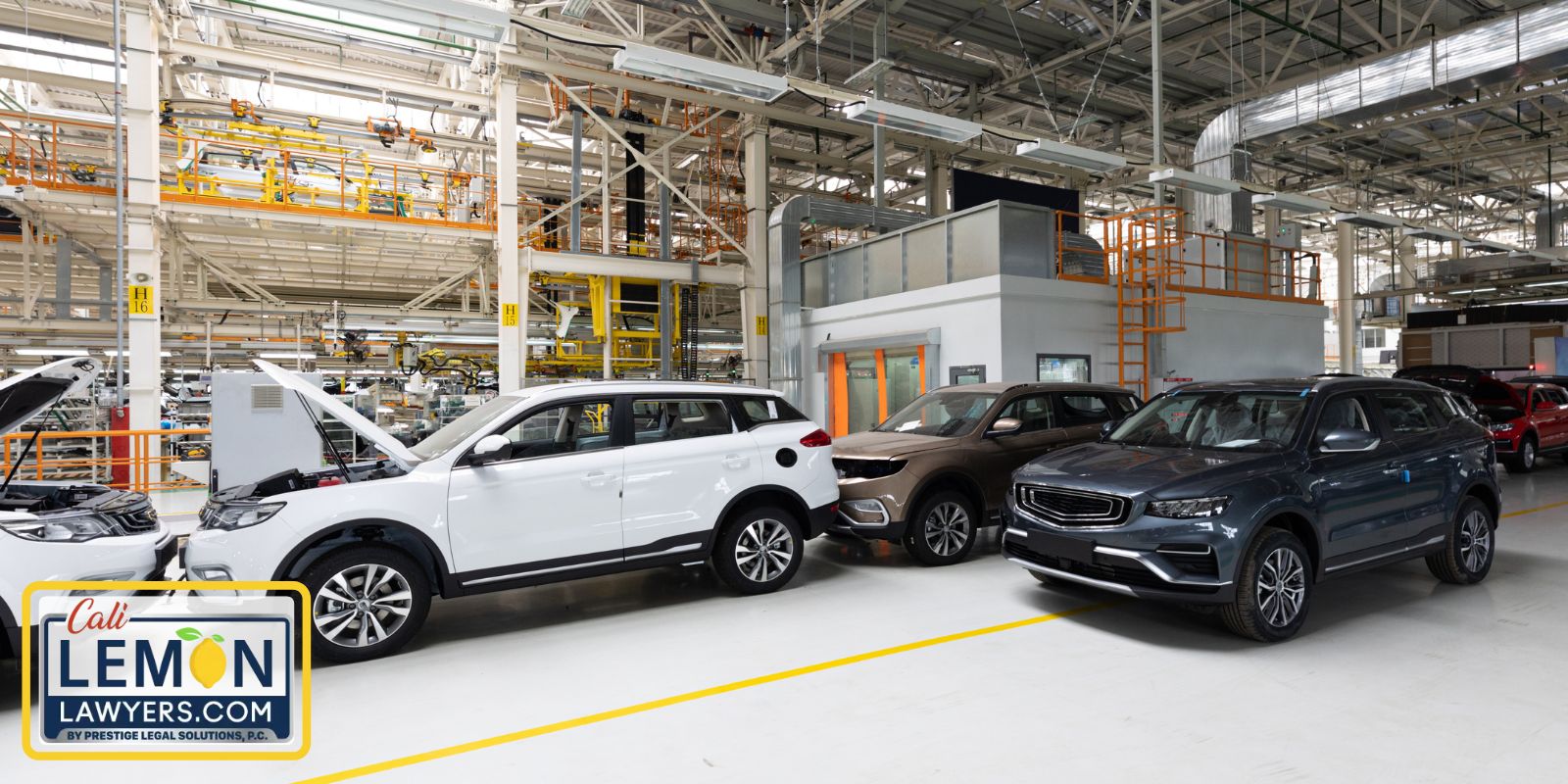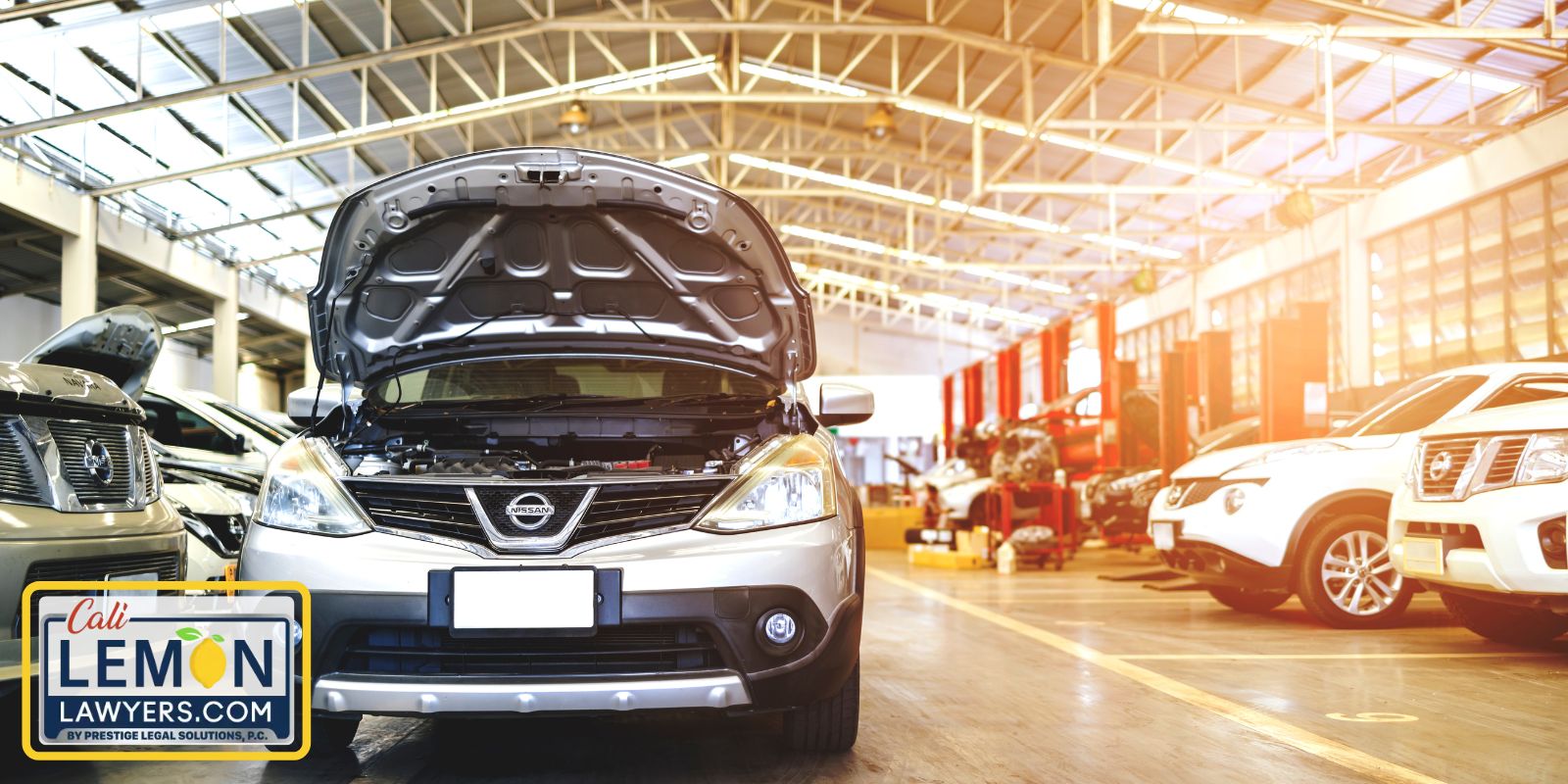Reasons To Sue A Car Dealership & How To Sue
If you’re considering suing a car dealership, there are several things to consider. Although taking legal action isn’t always the best option, there are certain circumstances where it may be necessary in order to protect your rights as a consumer. In this article, we’ll discuss 8 of the most common and valid reasons to sue a car dealership.
If you leased or purchased a defective car it is very likely that you are entitled to compensation. Contact Cali Lemon Lawyers for a free case evaluation.
Common Reasons to Sue a Car Dealership
1. Breach of contract
If your car dealer does not fulfill what was outlined in your contract you may have grounds to take it to small claims court. Some items that would fall under this category are misrepresenting terms, failing to disclose important information, deceptive practices and unfulfilled promises regarding your new car.
What do you do if your car is a lemon – this is how you can file a lemon law claim!
2. Negligence
You can sue for negligence if the car dealership is responsible for causing damage to your car or didn’t maintain it, if they didn’t properly repair your car or used defective parts and lacked transparency, you have reasons to sue a car dealership.
3. Fraud or Deception
Hiding damage or defects in the used car, misrepresenting the car’s history and condition, or making false claims about the financing terms as well as misinforming car buyers is another reason to sue.
Thoroughly reviewing the vehicle history report before buying it can provide valuable information about the car’s past, knowing the car state and will help you make the best financial decision for you.
Understanding the used car Lemon Laws in California will additionally aid you in making sure you don’t get tricked by a car dealership.
4. Consumer Protection Violations
There are Federal and state consumer protection laws in place place to protect you and other consumers from deceptive business practices. If the car dealership has violated any of these laws, you could sue for damages. Some examples of these items include issues related to the purchase price, consumer complaints, or sales tax.
If you have purchased a “lemon” – a car that is consistently in the shop and unable to be repaired – you may be able to sue the car dealership under your state’s lemon law.
Many car dealerships will take 30 days to repair your car as long as the vehicle is under warranty. This 30-day period does not have to be consecutive days.
5. Warranty Issues
If you purchased a vehicle that is supposed to be under warranty, but it does not function properly and you end up spending a significant amount of money on repairs, you may be able to recover your expenses and more through a lawsuit. The terms of your contract and state laws will determine the specifics of your claim as the car buyer.
6. Failure to Disclose
If a car dealer either deliberately misleads new car buyers in order to induce a purchase based on false promises, or fails to disclose a known defect, you may have a good basis for a legal claim. The specifics of your state laws, the contract you signed, and the nature of the dealer you purchased from will all impact your ability to sue.
7. Return Refusal
If you have been guaranteed a “no questions asked” return or a “cooling off” period or any other formulation that indicates you can change your mind, and the dealer refuses to accept your return, this could be a good reason to sue.
How To Sue A Car Dealership
If you are experiencing a dispute with a car dealership, there are several steps you can take to try to resolve the issue:
Gather all Relevant Documents
This could include the sales contract, repair records, financing documents, and any communications you’ve had with the dealership.
Try to Resolve the Issue Directly With the Dealership
Try to resolve disputes by speaking directly with the dealership and reaching a mutually satisfactory resolution.
Seek the Advice of a Lawyer
If you can’t resolve the issue directly with the dealership, or if you feel that your rights have been violated, you could seek the advice of a lawyer. A lawyer can help you understand your rights and options and advise you on the best course of action – but be mindful of those attorney fees!
File a Complaint With a Government Agency
If you believe that the car dealership has violated your consumer protection laws or engaged in deceptive practices, you could file a complaint with a government agency such as the Better Business Bureau or the Department of Consumer Affairs.
In the case of Lemon Law, consumers are typically able to sue a car dealership on a contingency basis, which means that the lawyer will only be paid if the case is won. This can be a good option for consumers who are unable to afford to pay attorney fees upfront.
Consider Taking Legal Action Against Auto Dealer Fraud
If you can’t resolve the issue through other means and you believe that you have a strong case, it’s time to take legal action. This could involve filing a small claims lawsuit or hiring an attorney to represent you in a more complex legal matter.
Keep in mind that every legal situation is unique, and the best course of action will depend on the specifics of your dispute. It’s always a good idea to speak with an experienced lawyer before making any decisions about your legal options even if you have many reasons to sue a car dealership.
Important Considerations Before Suing Car Dealerships
Before deciding to sue car dealerships, it’s important for car buyers to consider all options. You may want to try to resolve the issue with the dealership directly or seek the advice of a lawyer who is experienced in dealing with car dealership disputes.
If you do decide to pursue legal action against a car dealership and take it to small claims court, it’s important to keep in mind that the process can be complex and time-consuming. You’ll need to be prepared for a potentially lengthy process, and you may want to consider hiring a lawyer to help you navigate the legal system. A lawyer can advise you on the best course of action and help you build a strong case.
We are committed to providing our clients with the highest level of legal representation. Our attorneys have a deep understanding of the California Lemon Law and will work tirelessly to ensure that your rights are protected. Our clients have consistently rated us highly for our professionalism, knowledge, and dedication to their cases.
Closing thoughts
It’s important to keep in mind that every legal situation is unique, and it’s always best to seek the advice of an experienced lawyer before taking any legal action. A lawyer can help you understand your rights and advise you on the best course of action in your particular situation and represent your case against car dealerships.
In the end, the decision to sue a car dealership is a personal one that should be based on your individual circumstances. If you believe that you have been wronged by a dealership and you have a strong case, taking legal action may be the best way to protect your rights and seek justice. However, it’s always best to speak with an experienced lawyer before making any decisions about your legal options.


